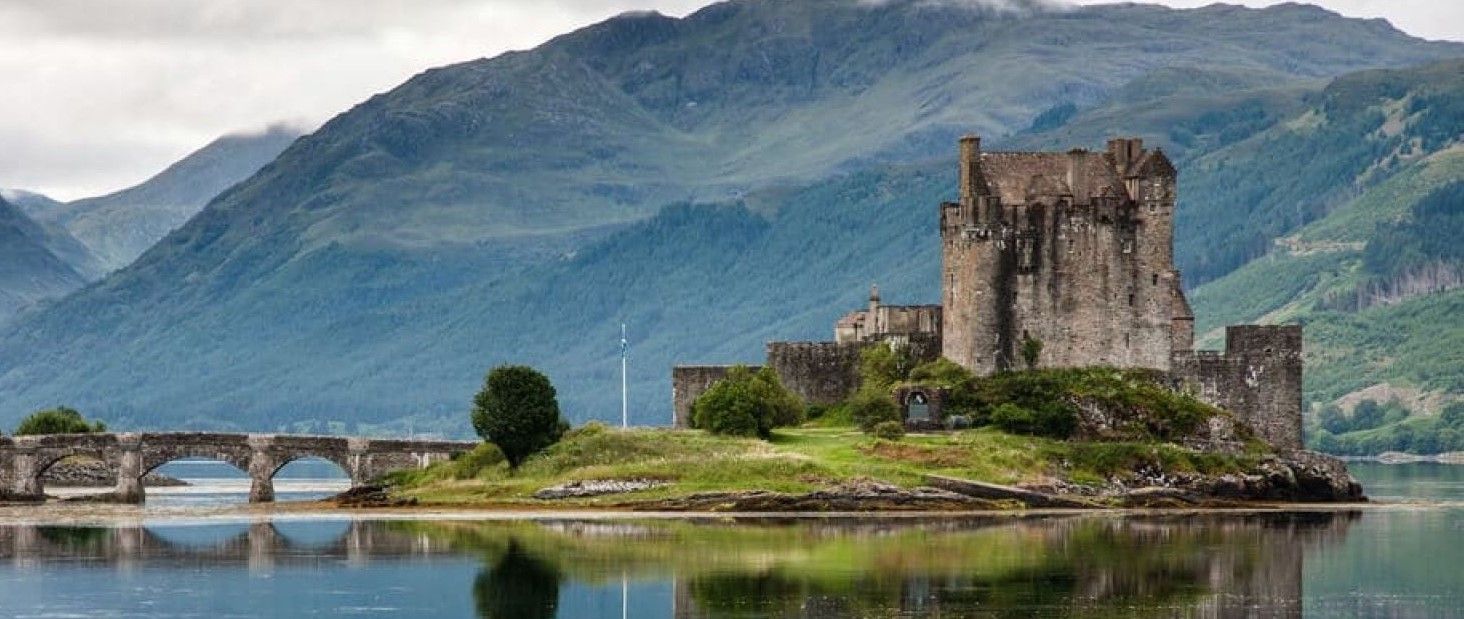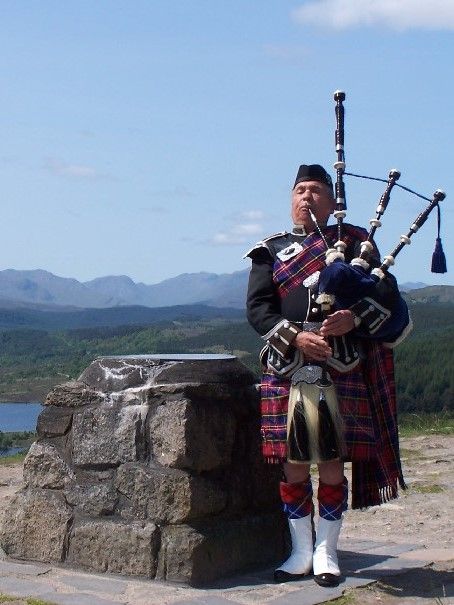BLOG 16: Leaving Scotland / Crossing England & The Channel
Veröffentlicht: 03.07.2023
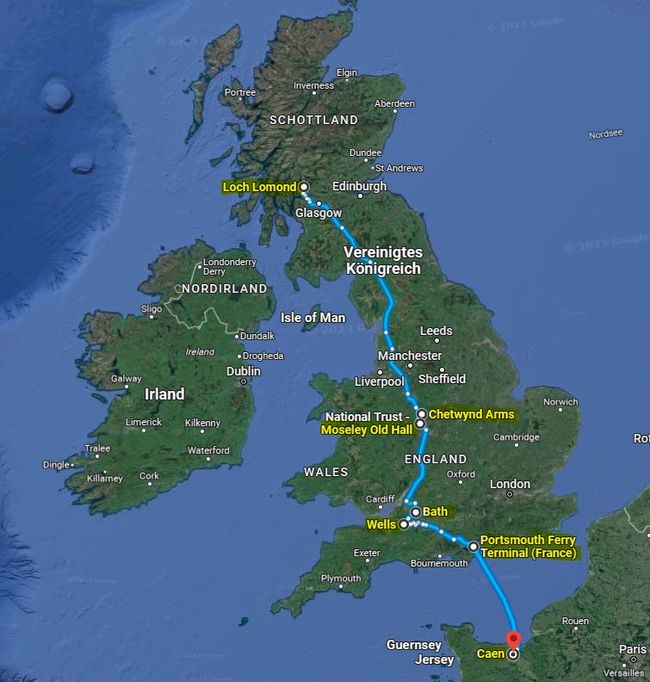
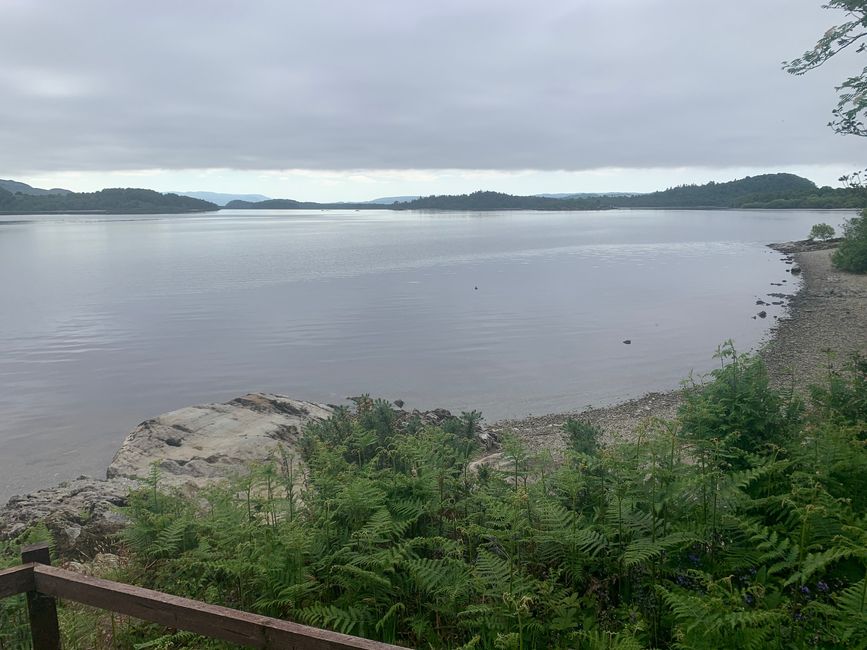
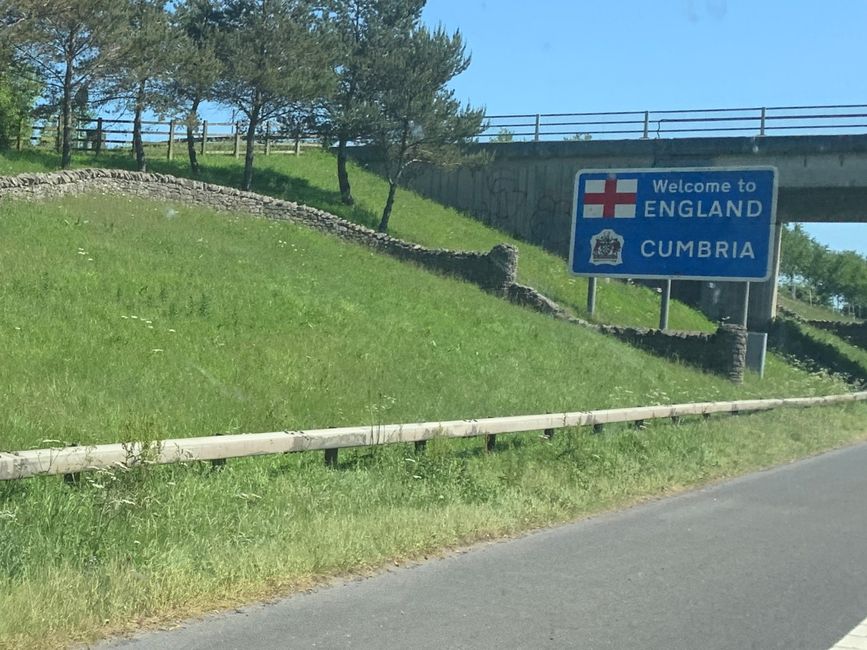
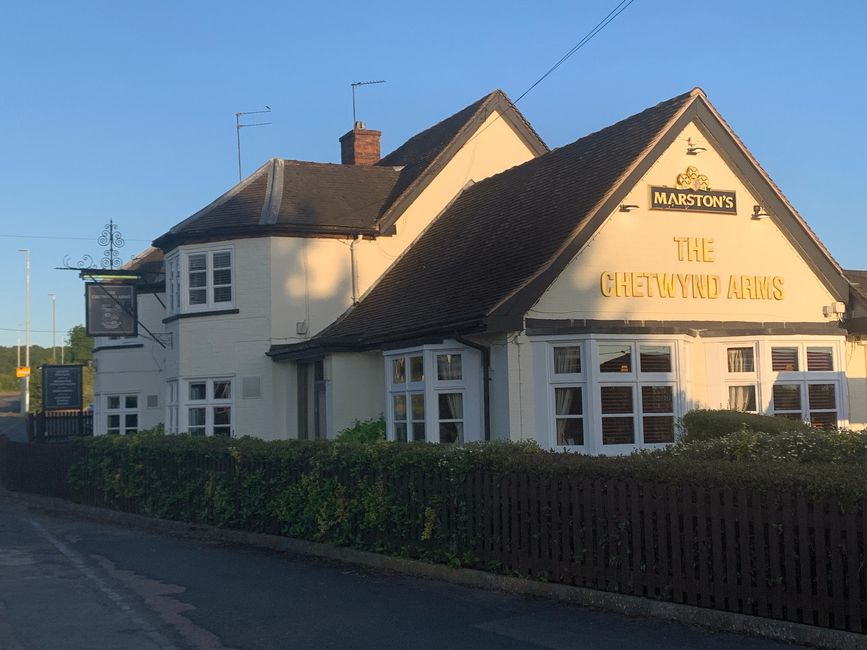
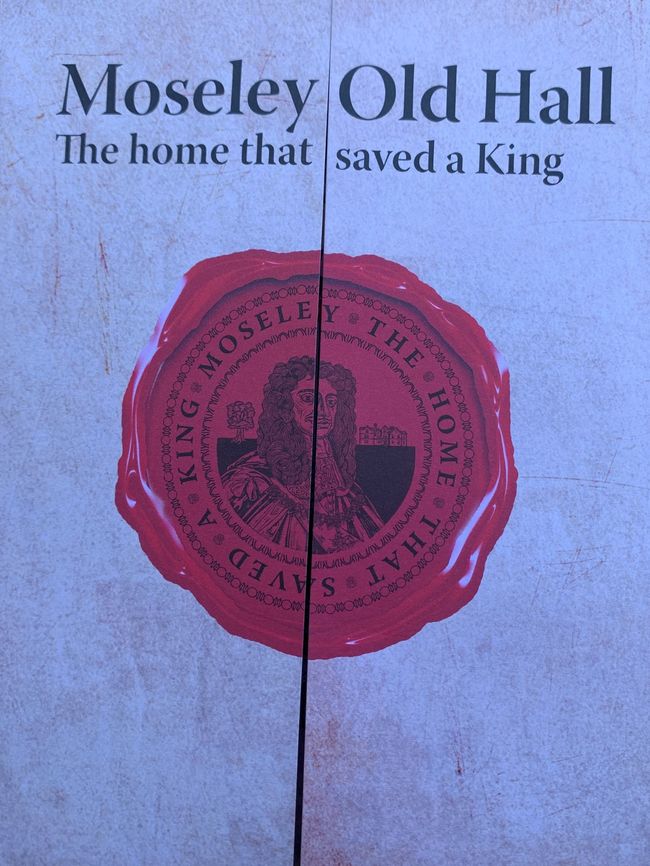
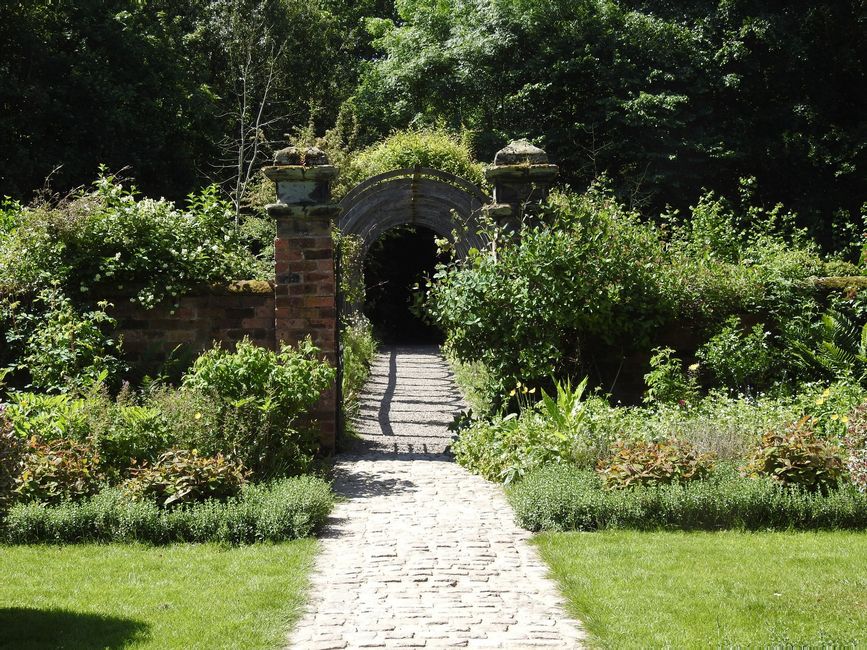
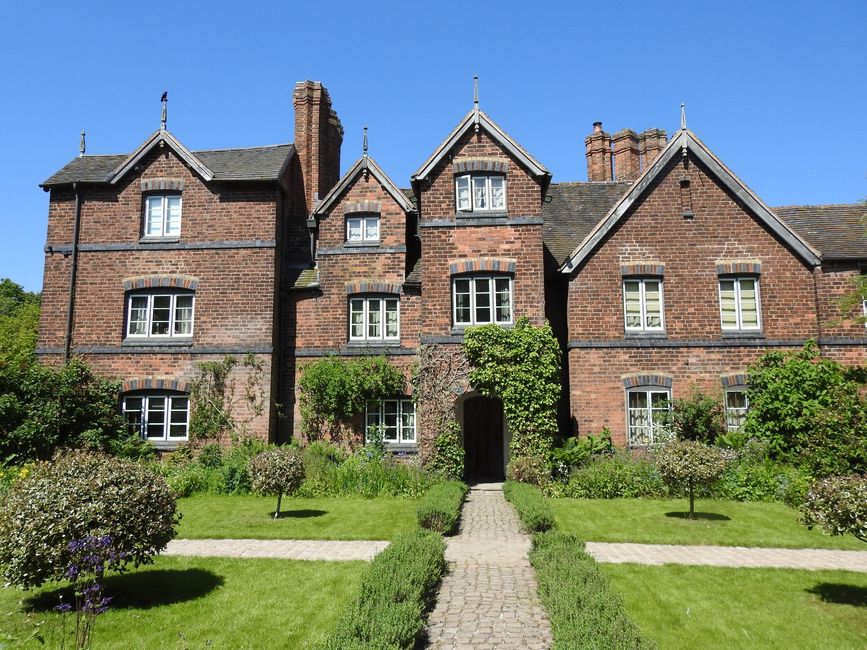
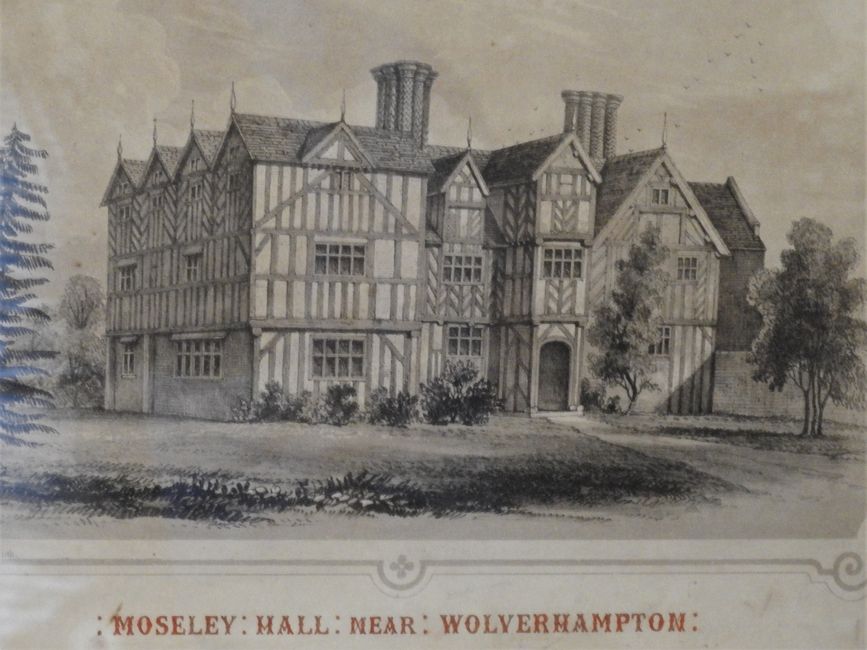
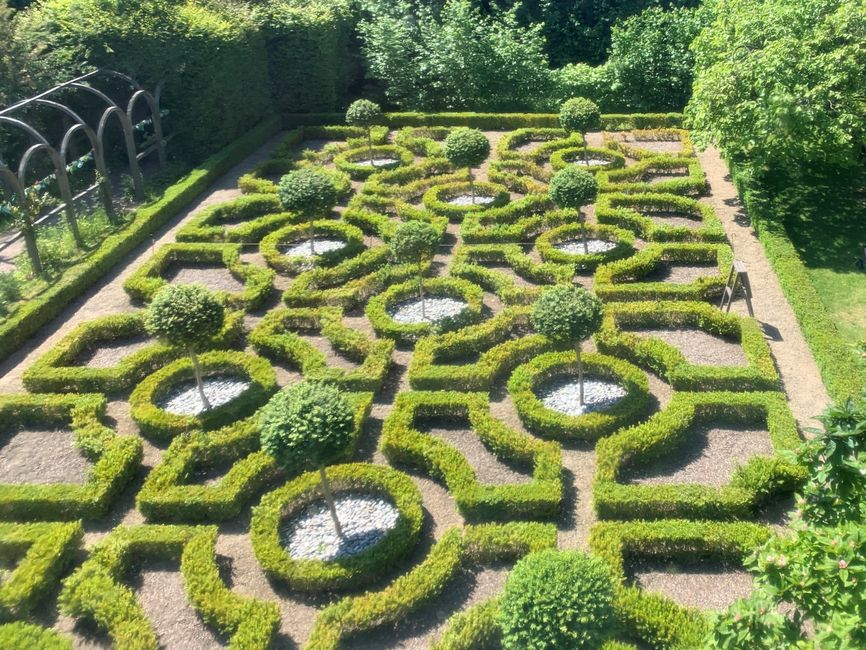
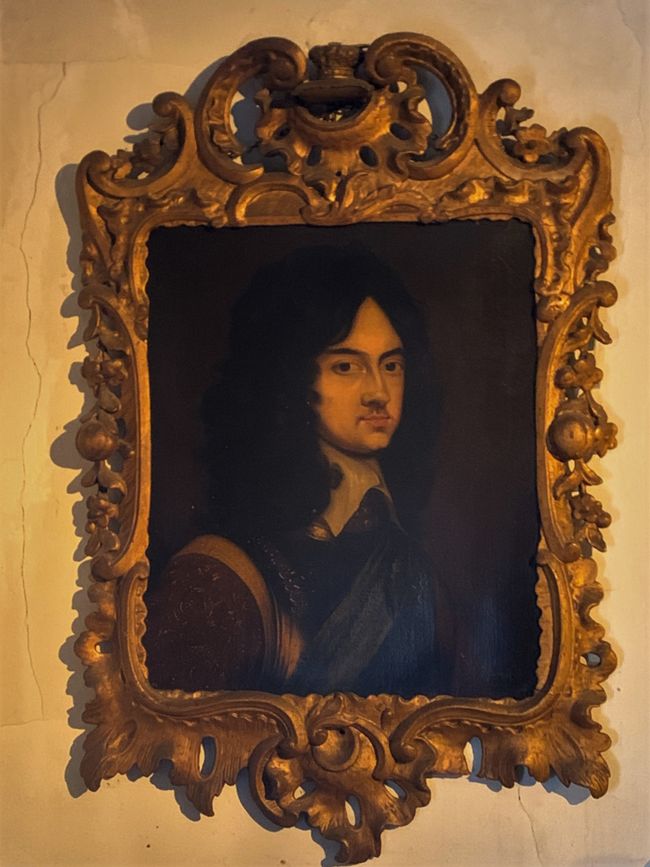
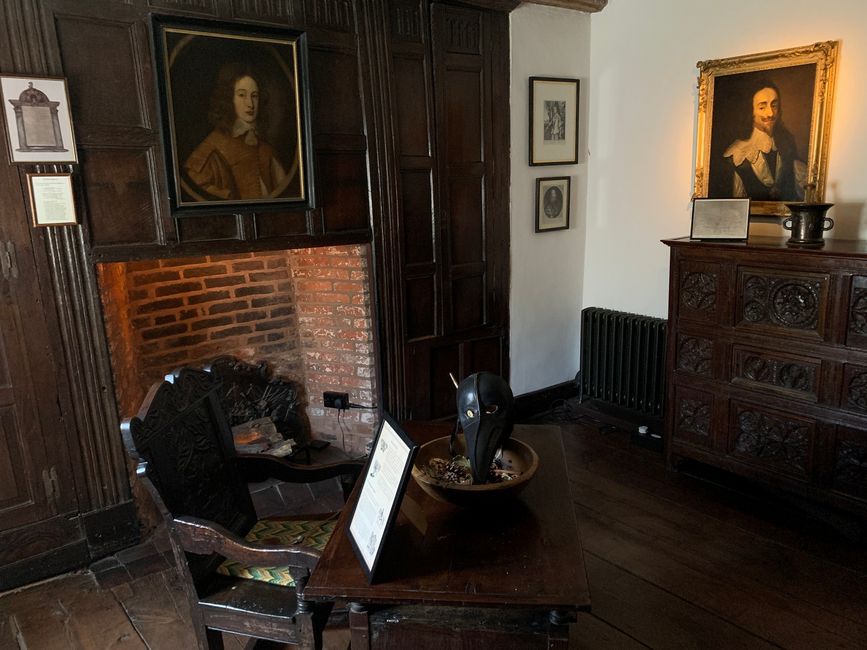
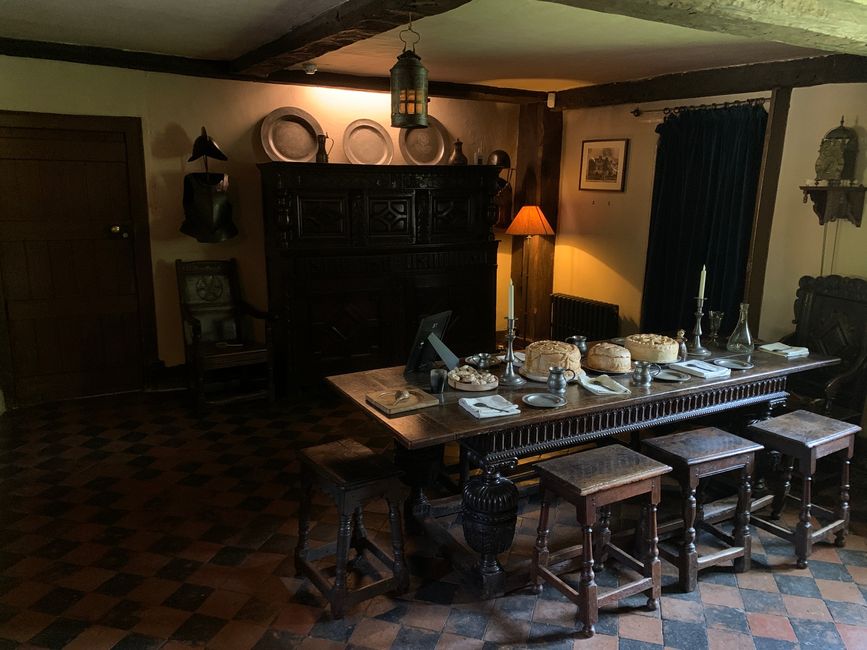
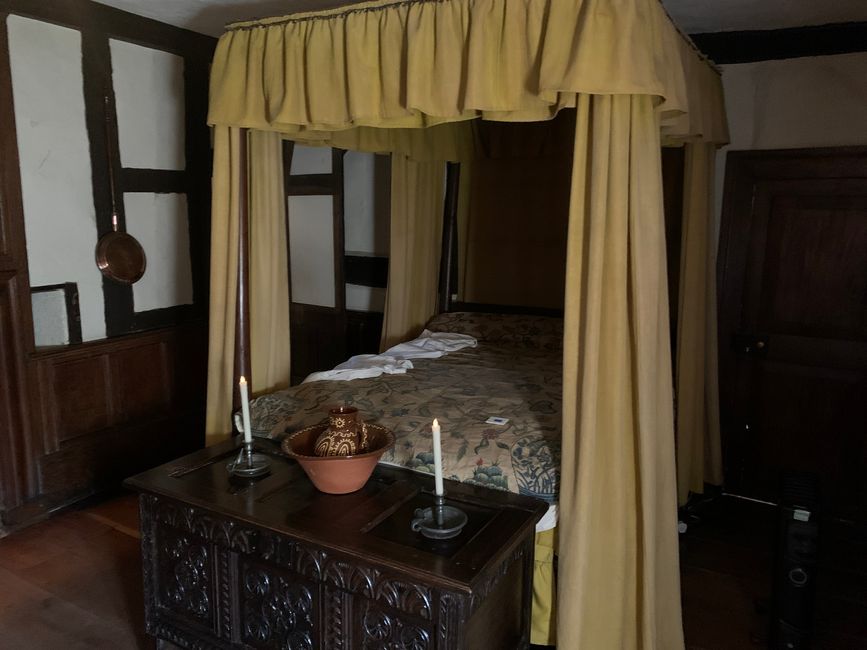

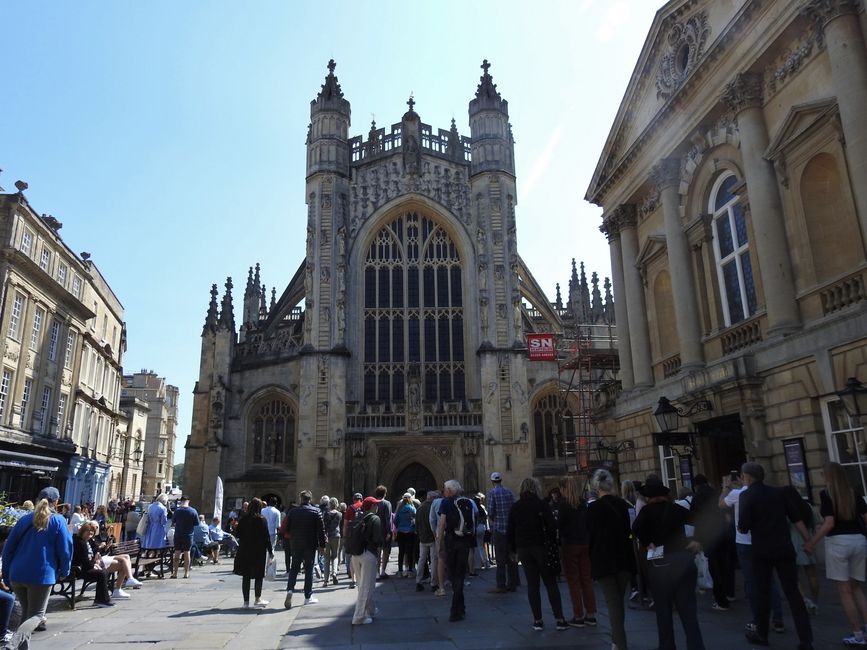
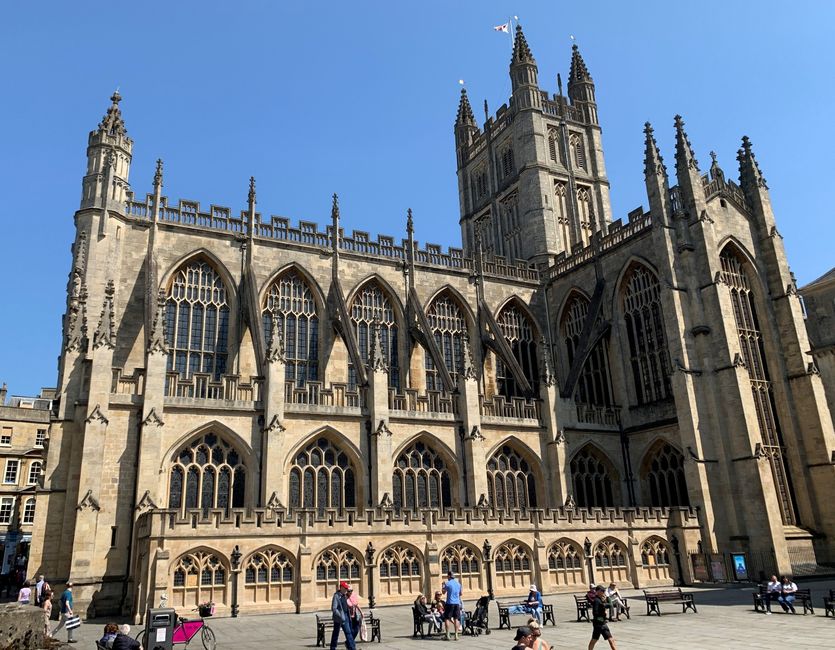
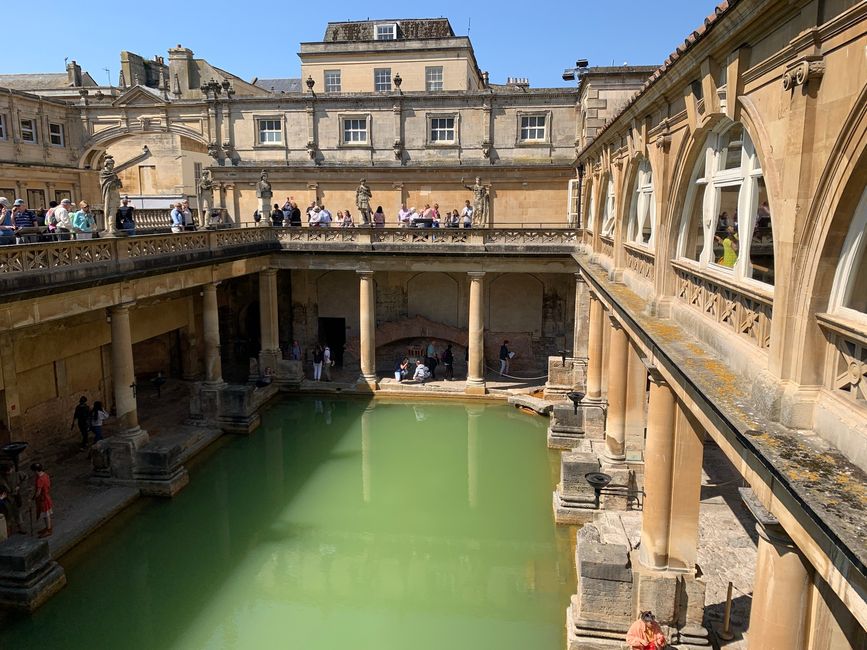
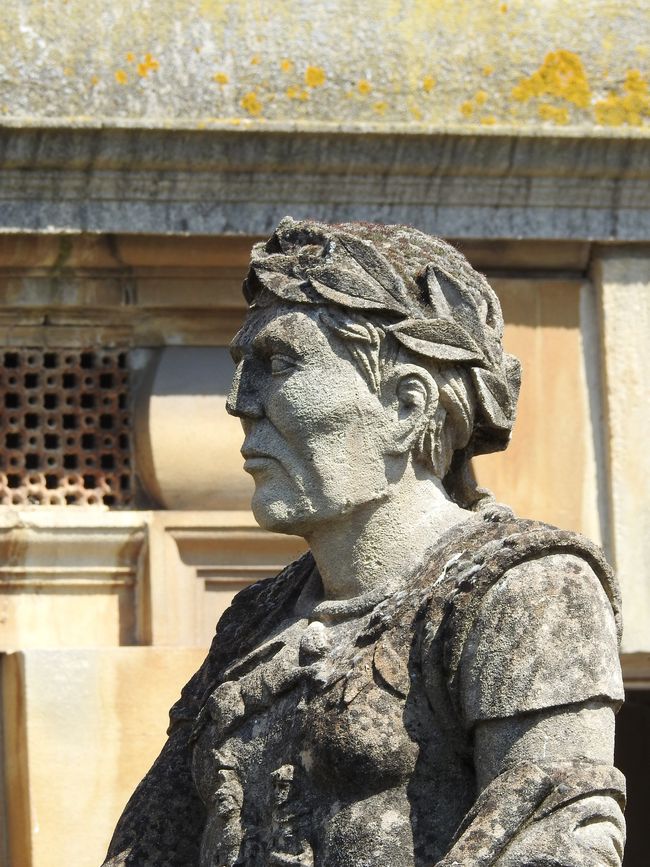
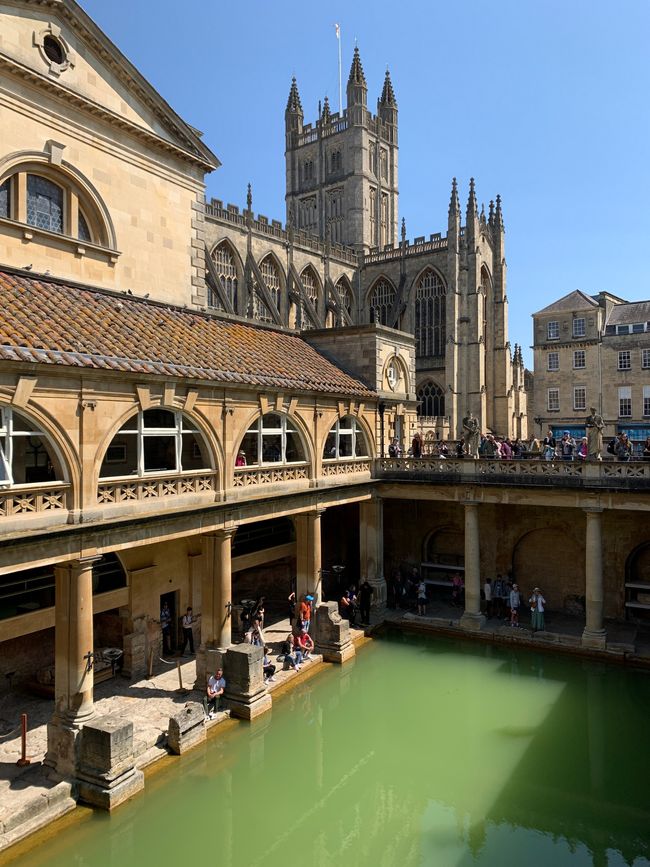
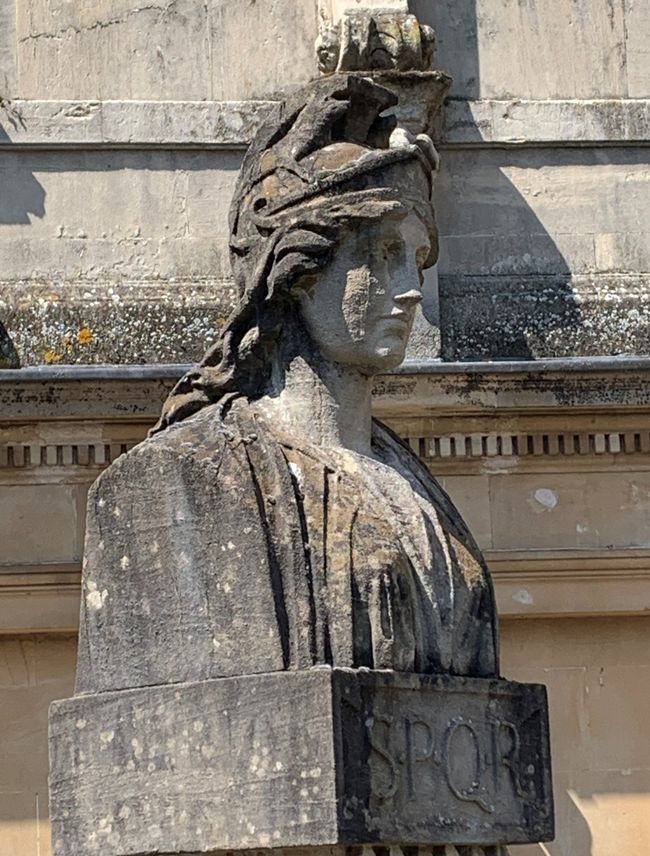
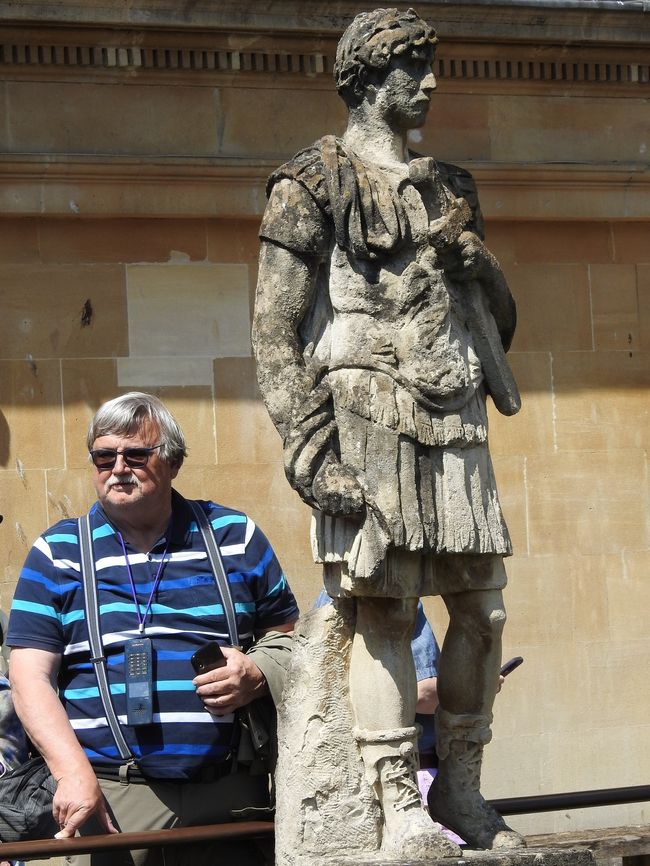
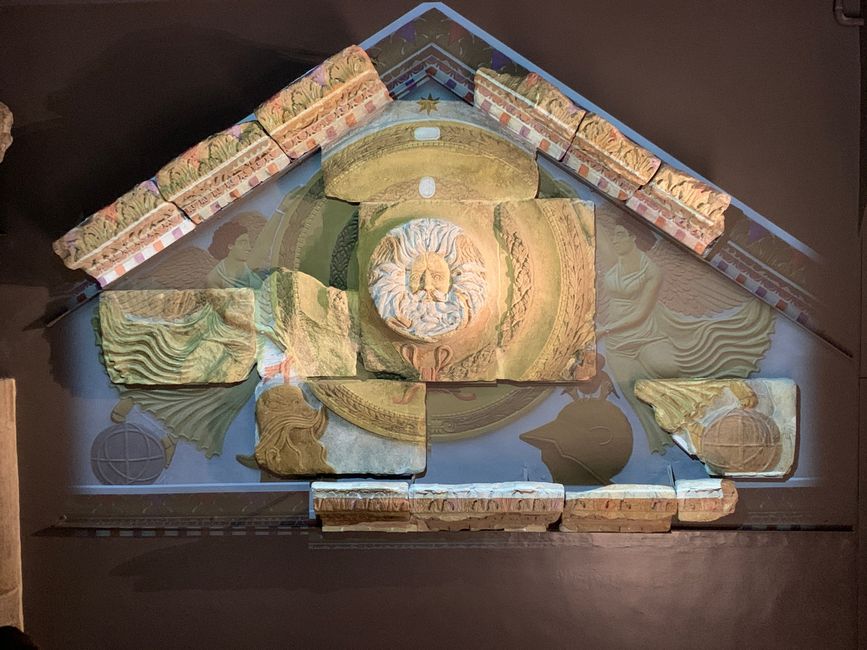
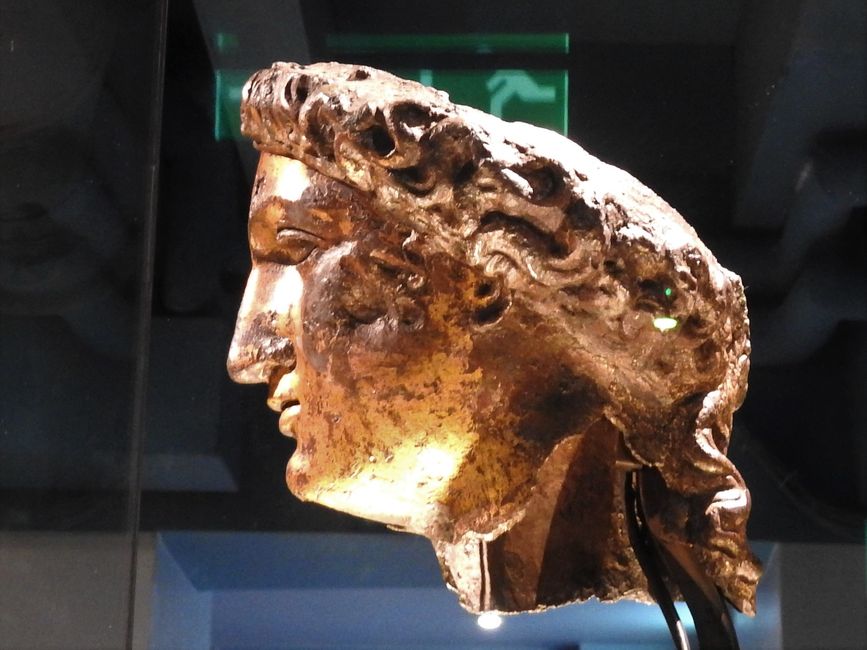
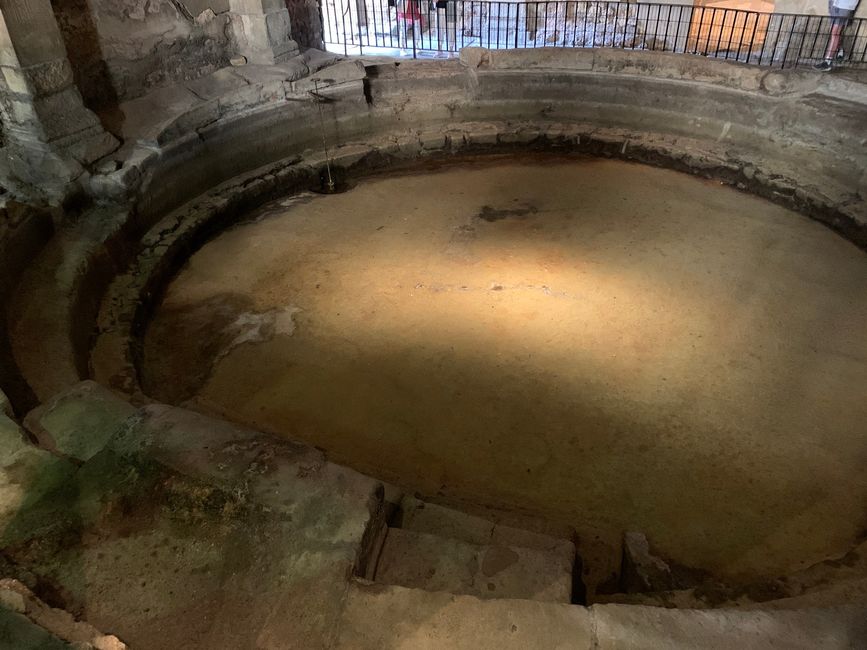
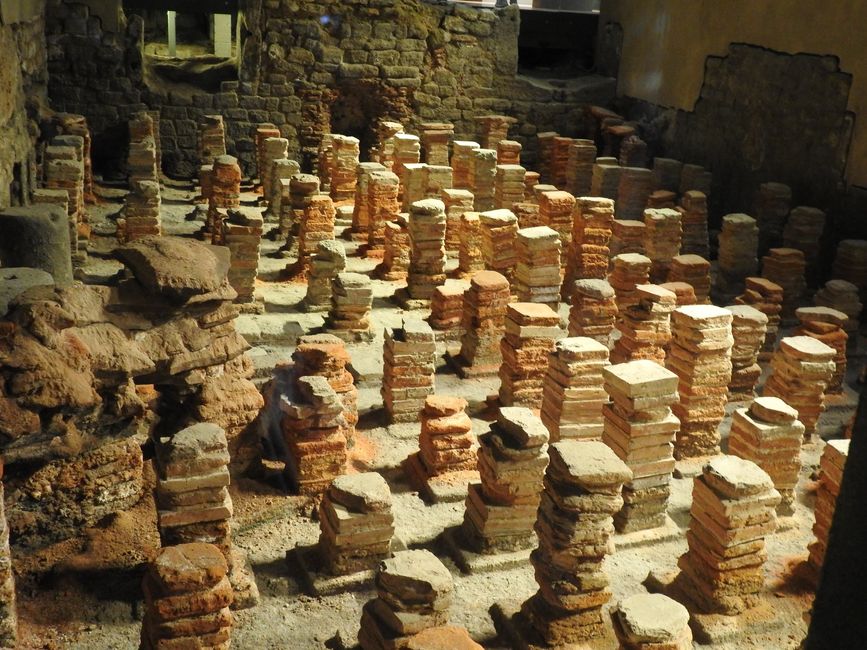
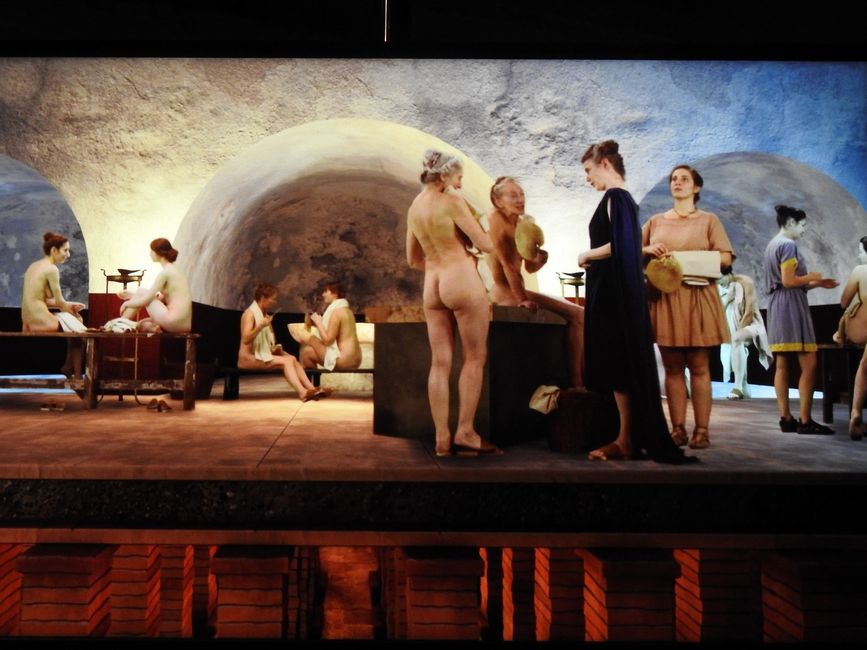
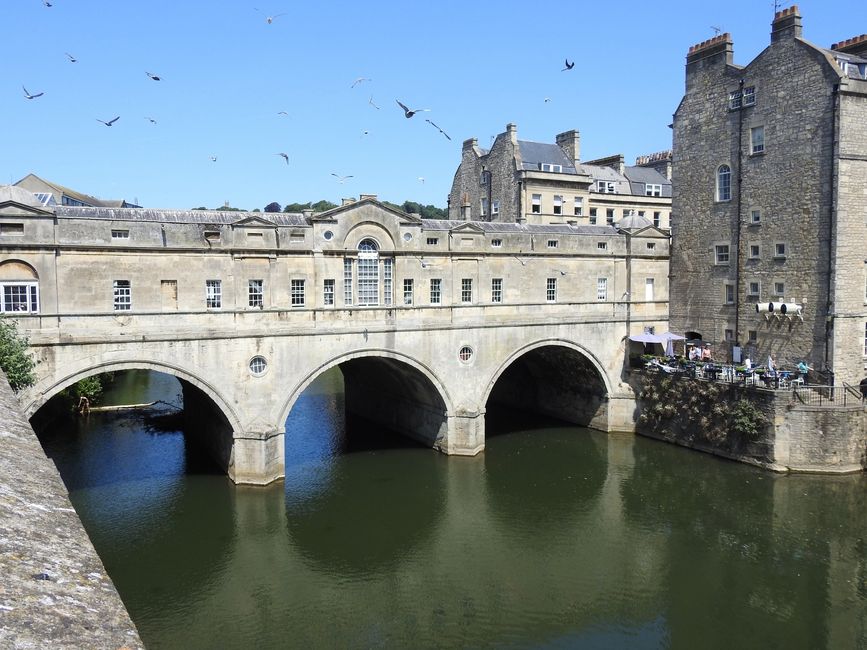
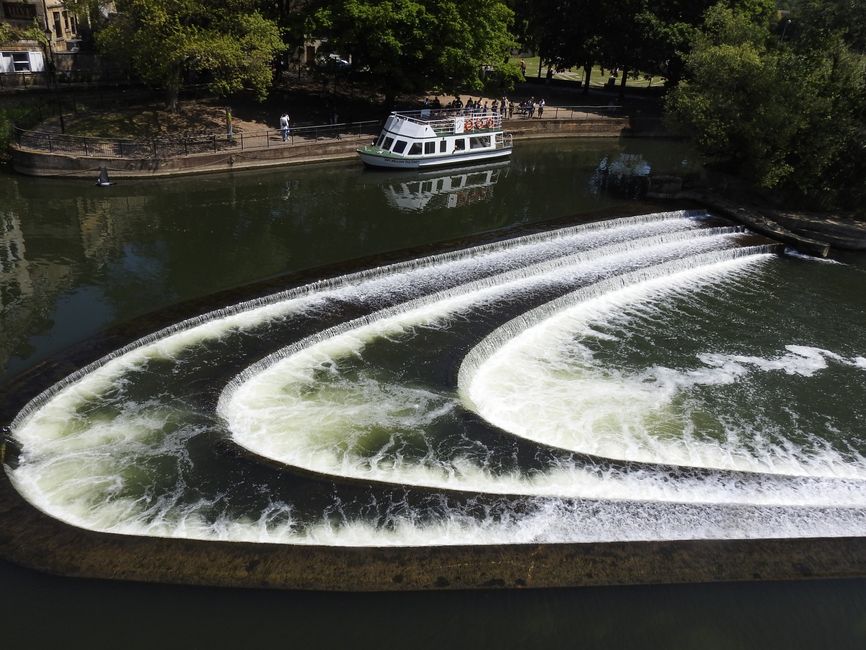
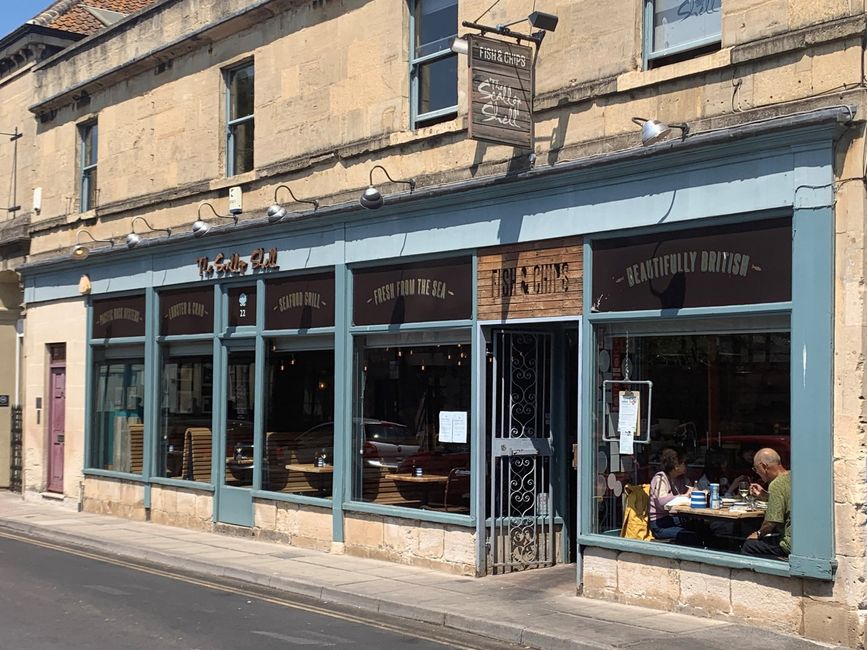
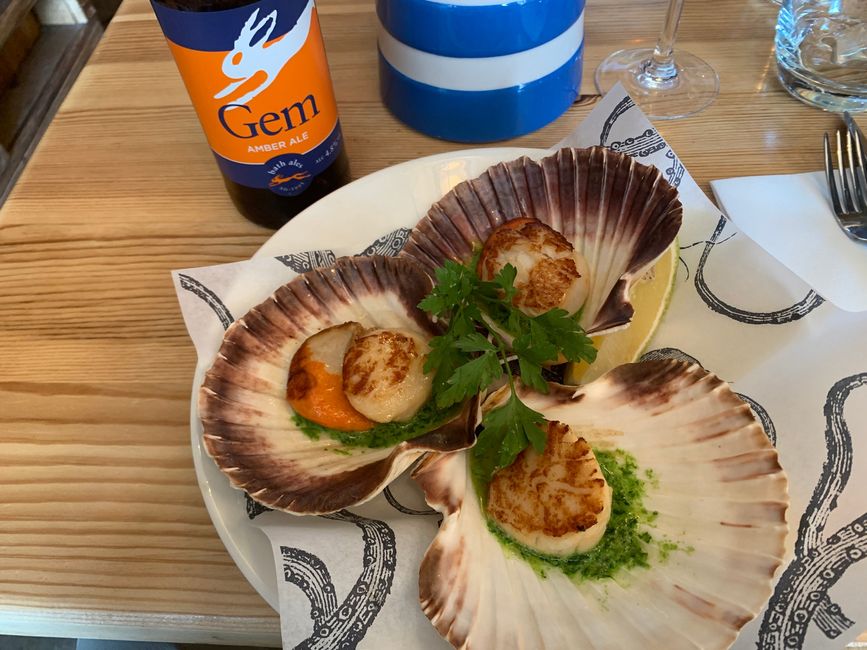
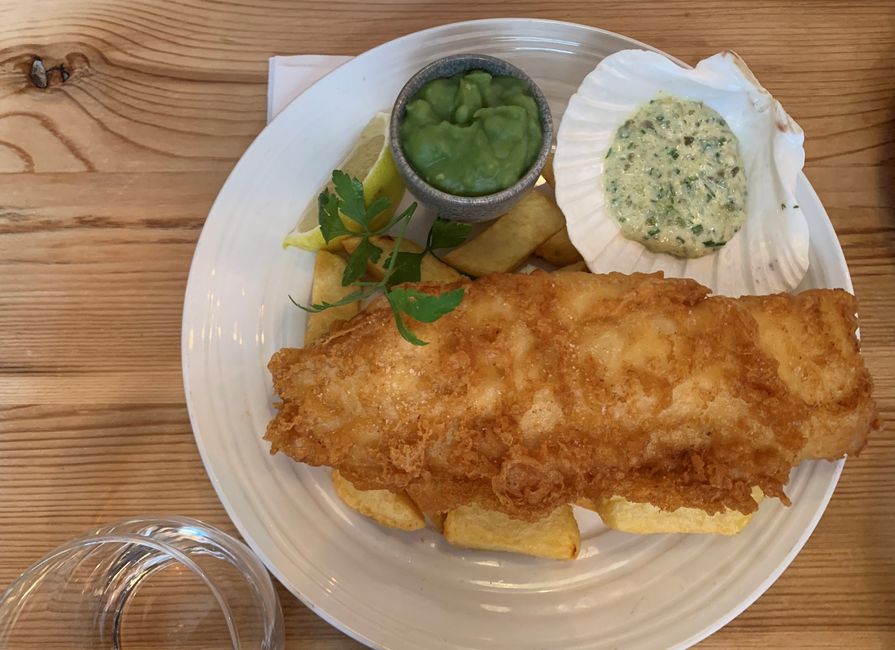
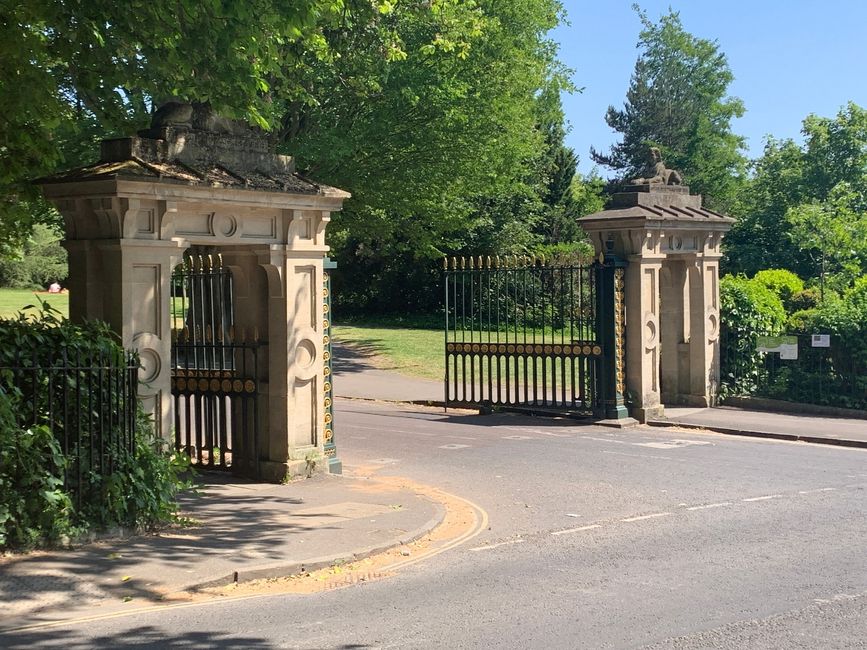
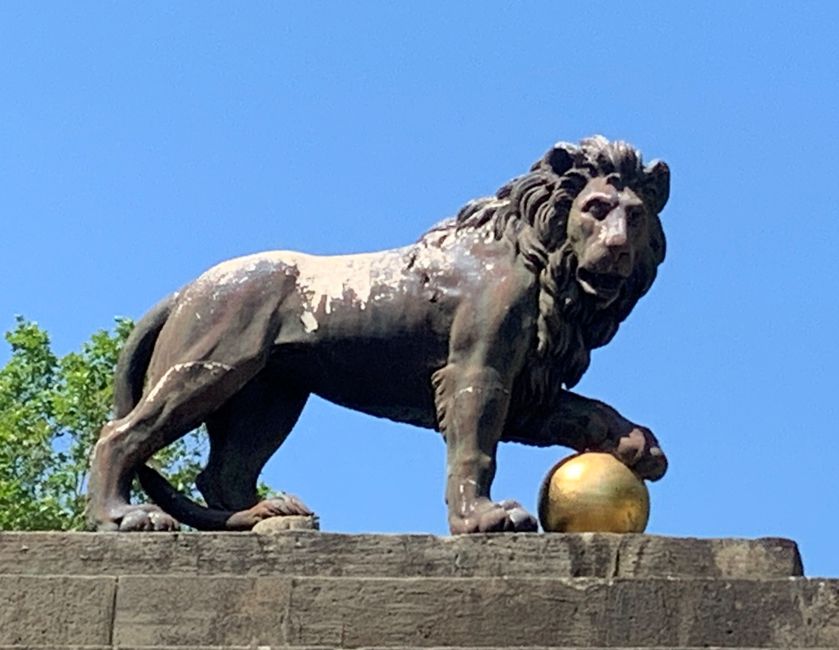
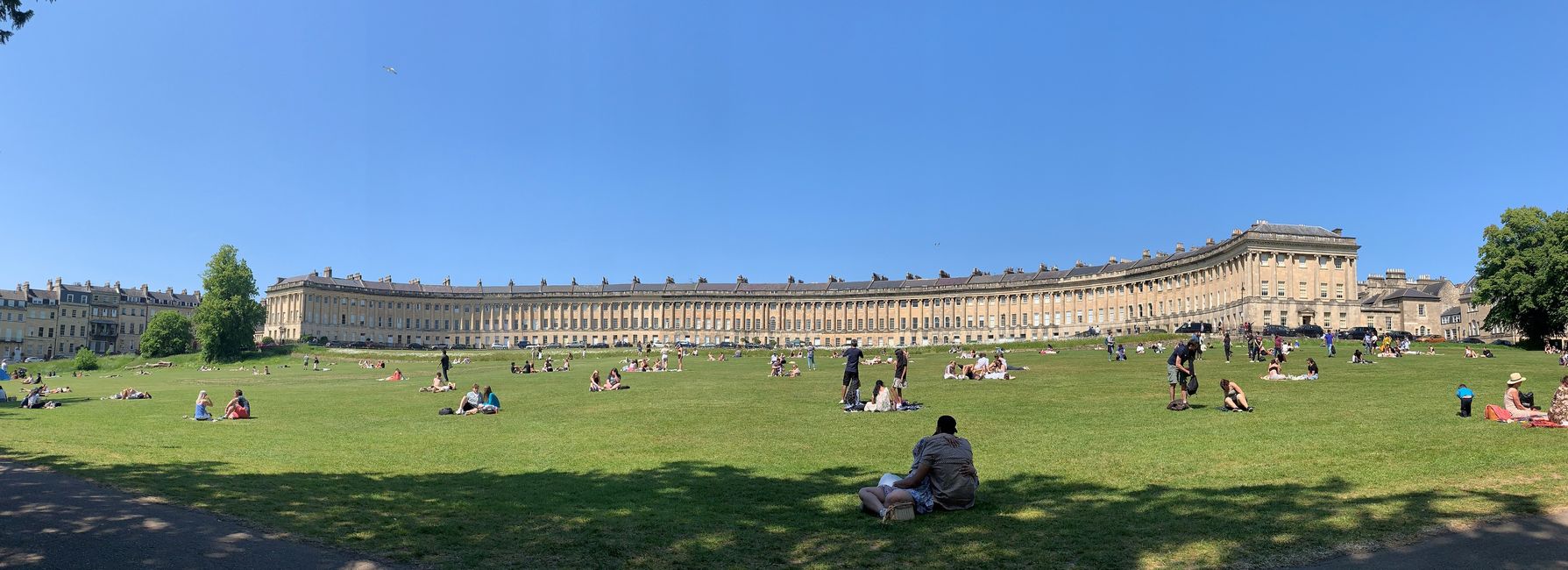
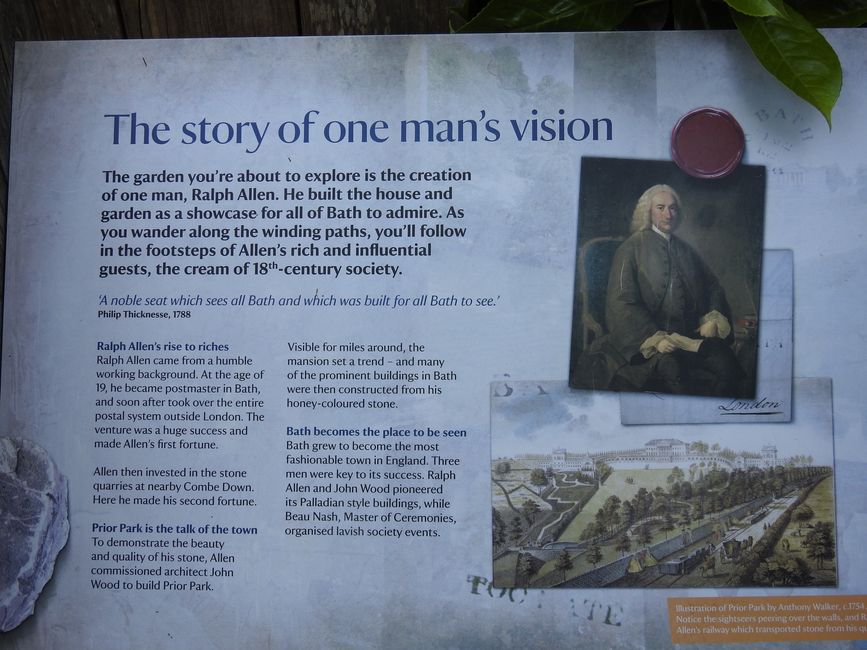
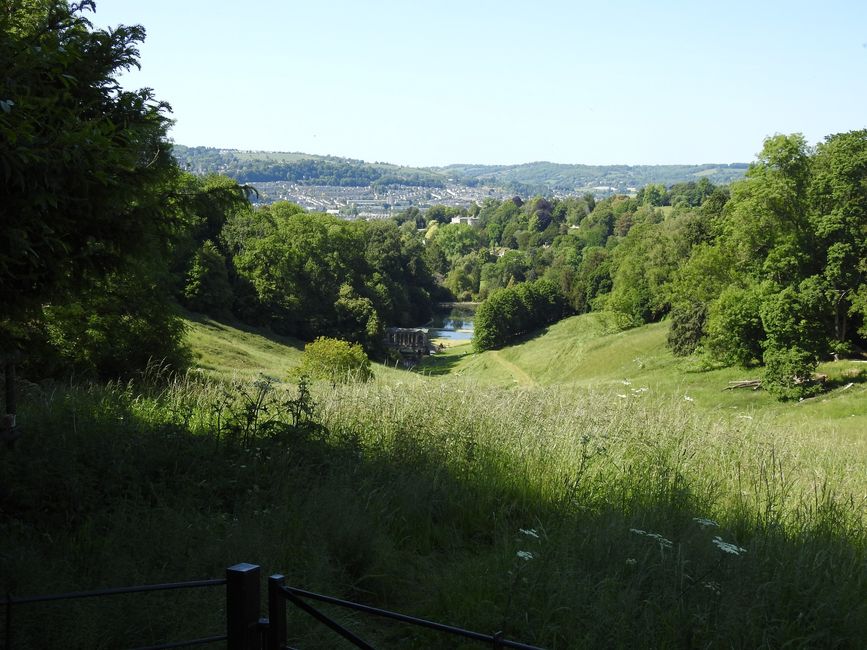
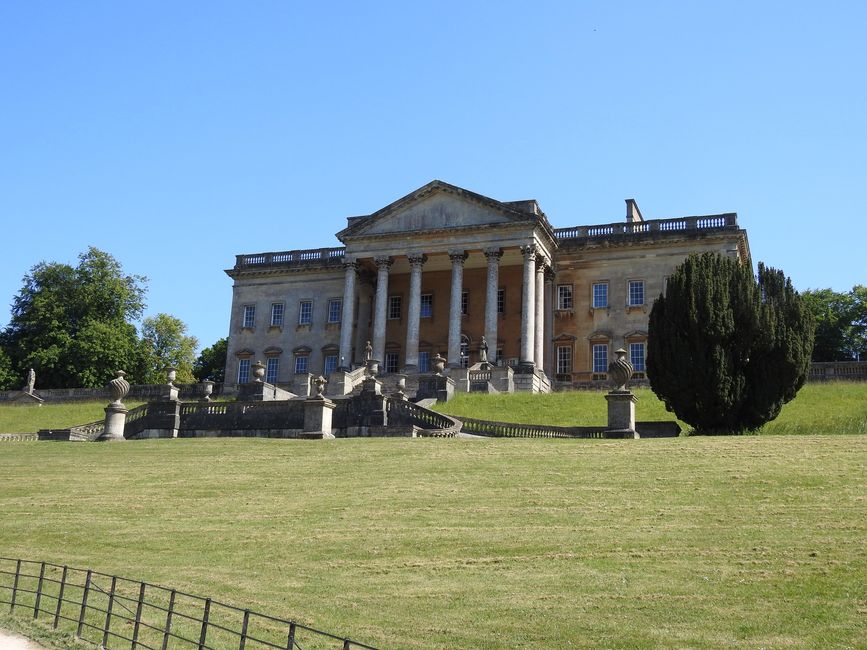
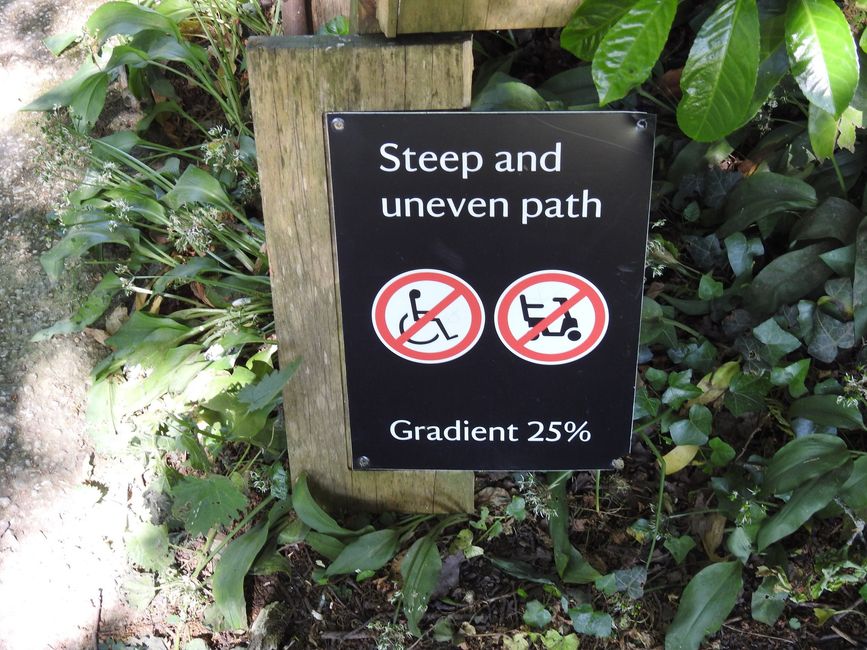
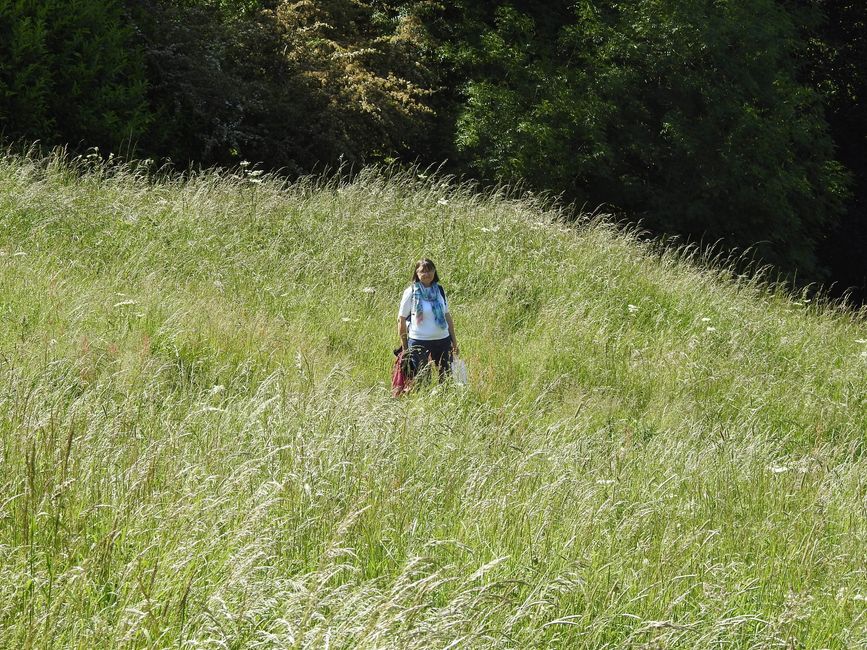
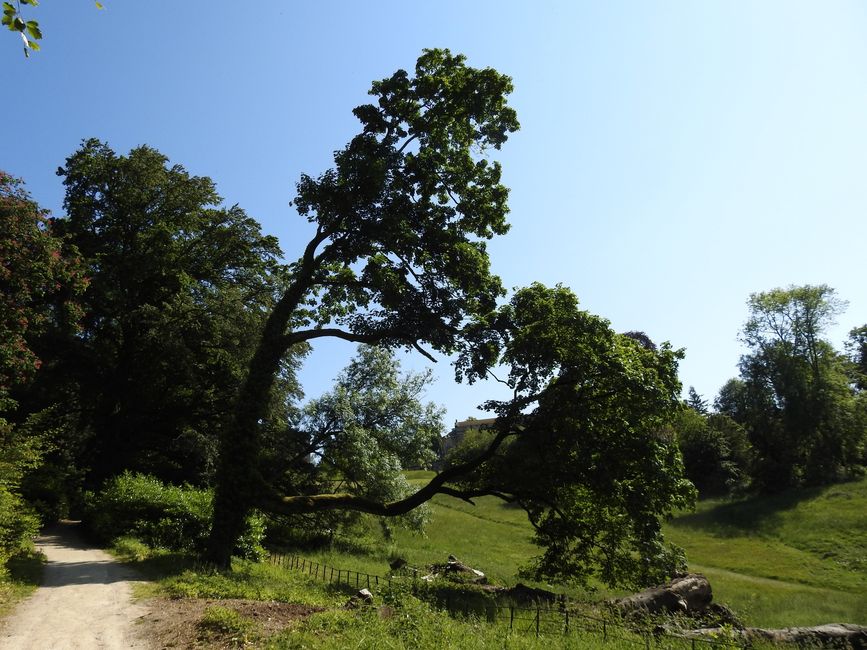
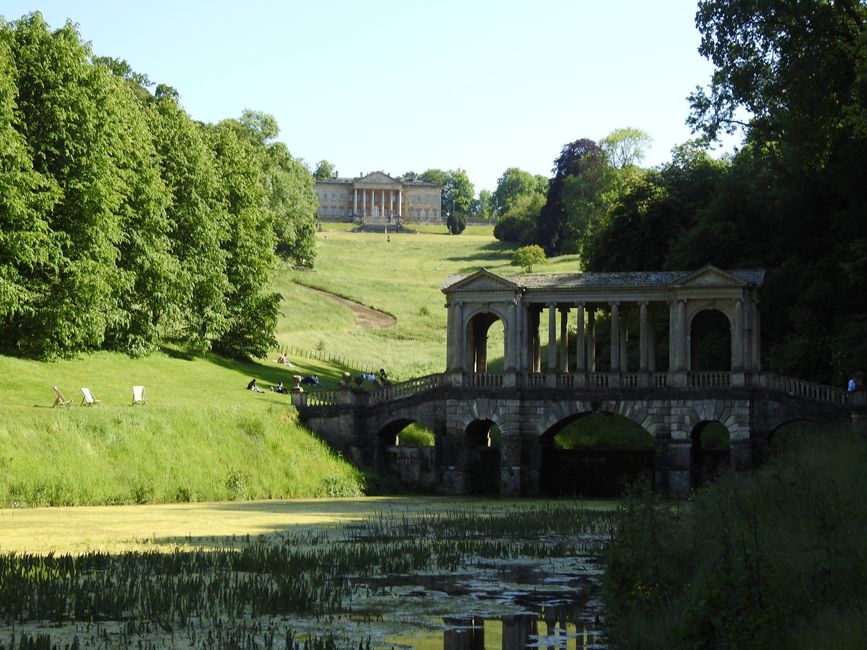
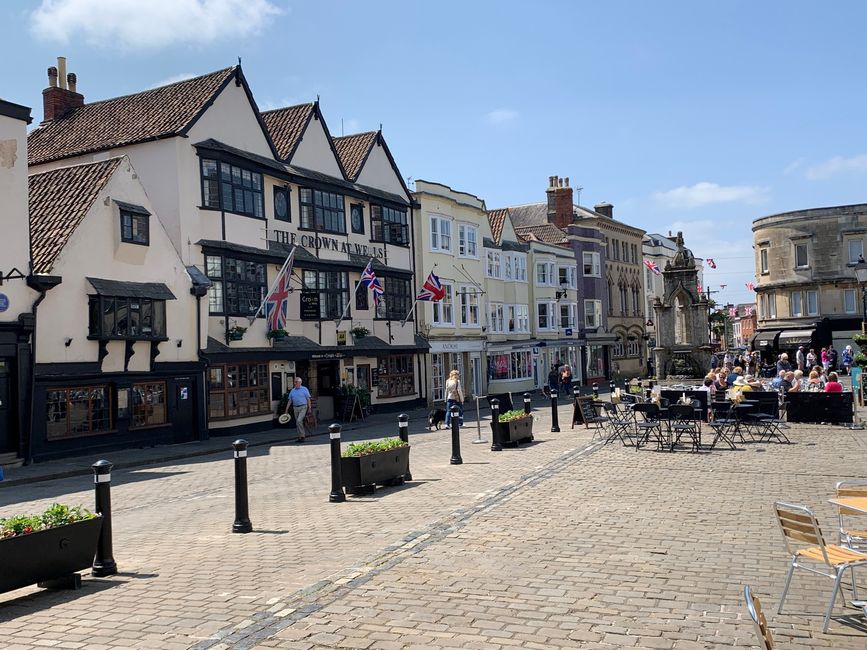
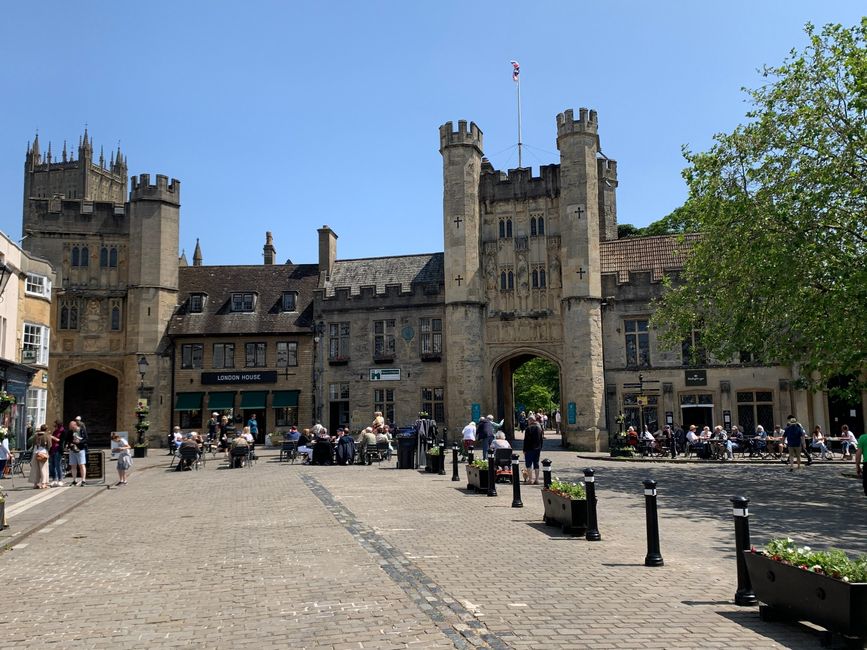
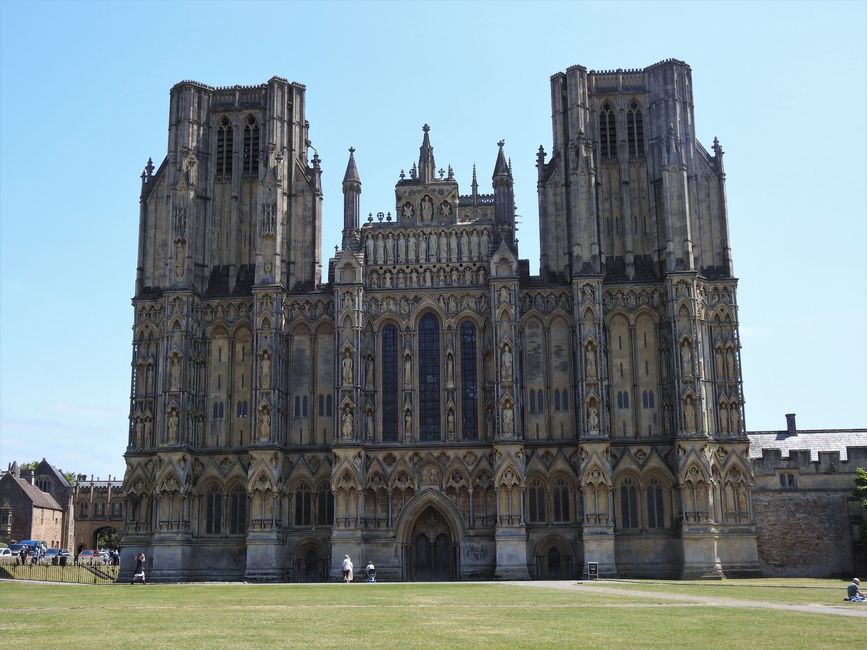
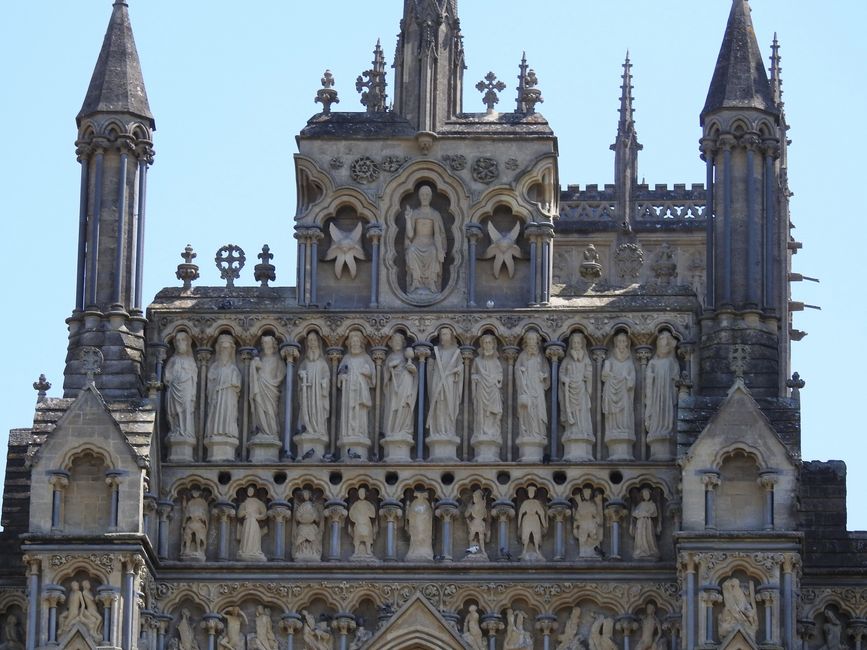
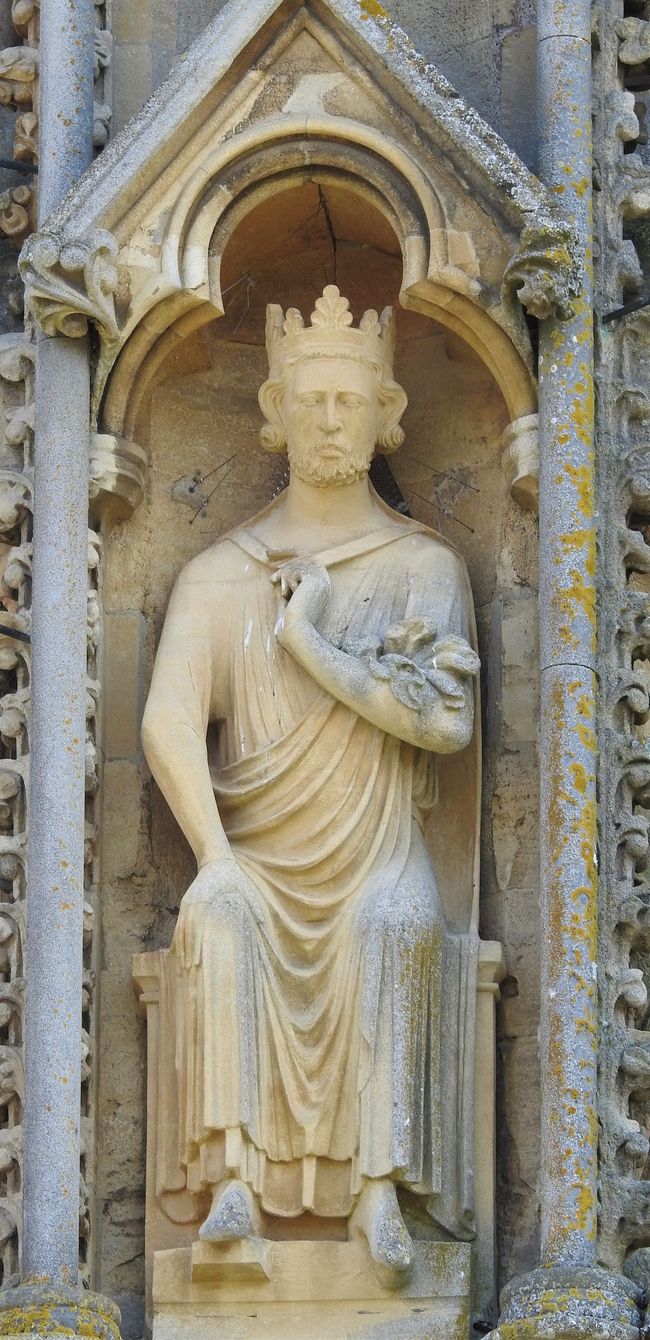
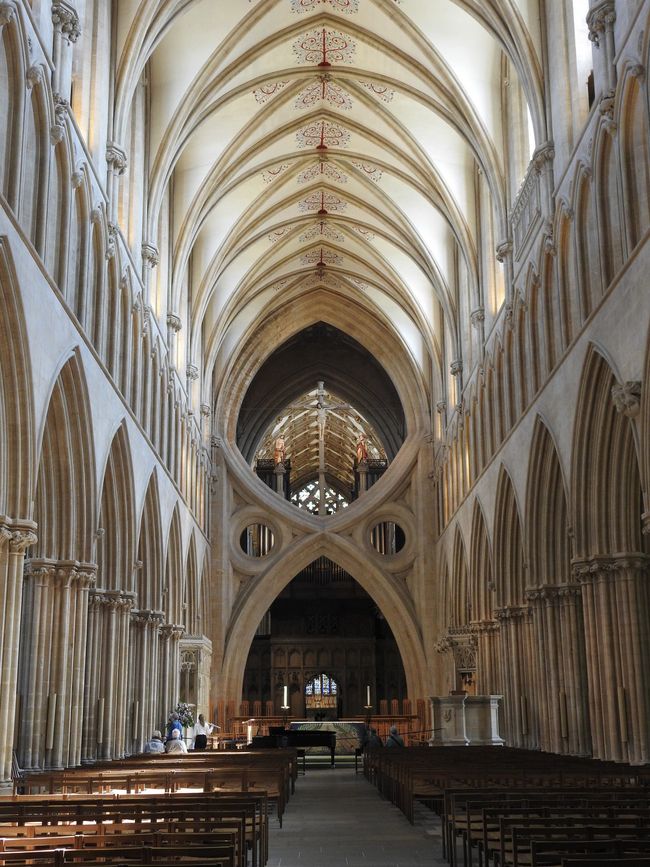
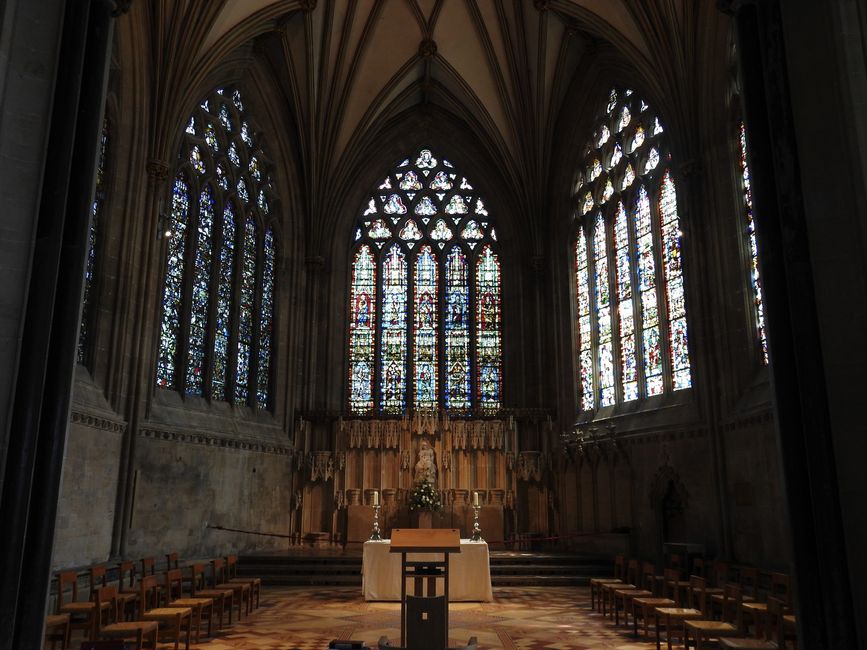
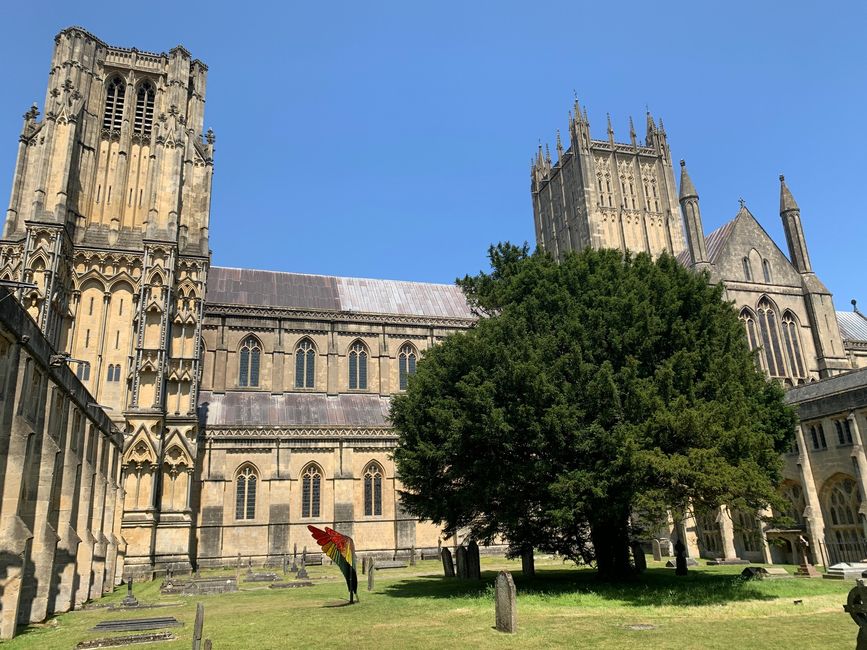
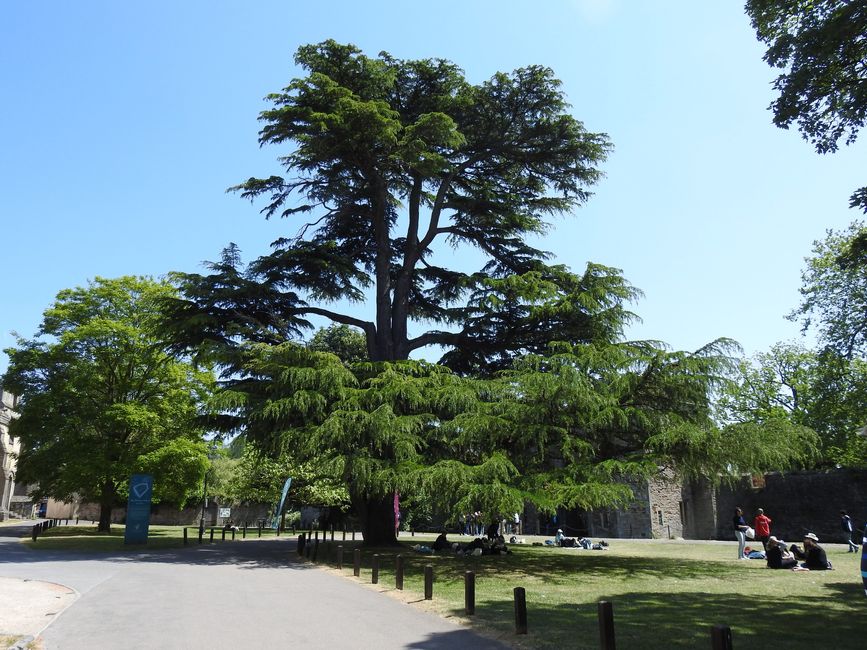
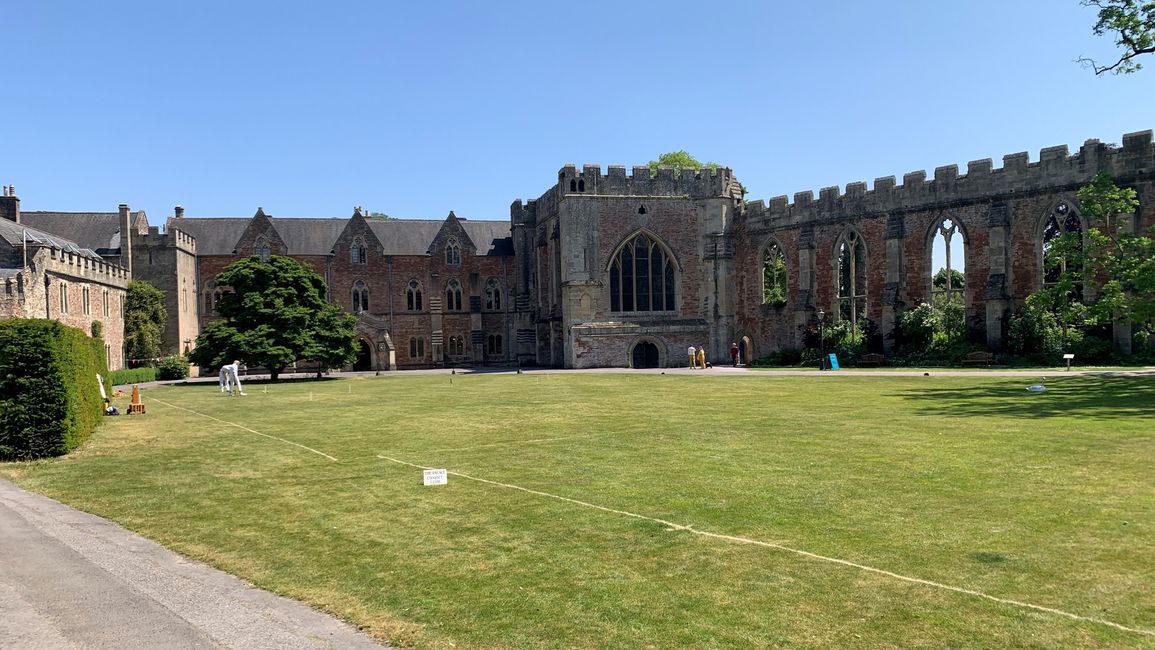
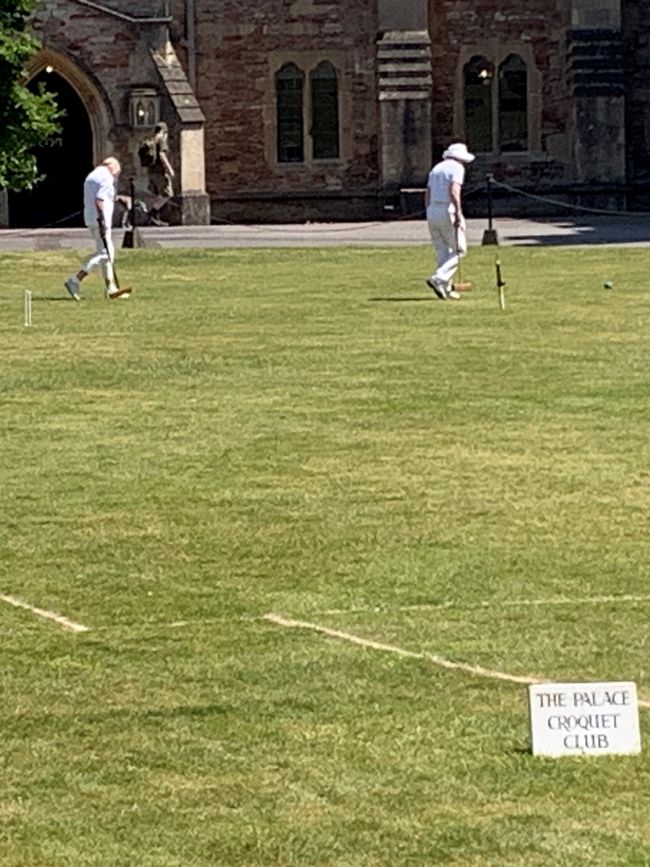
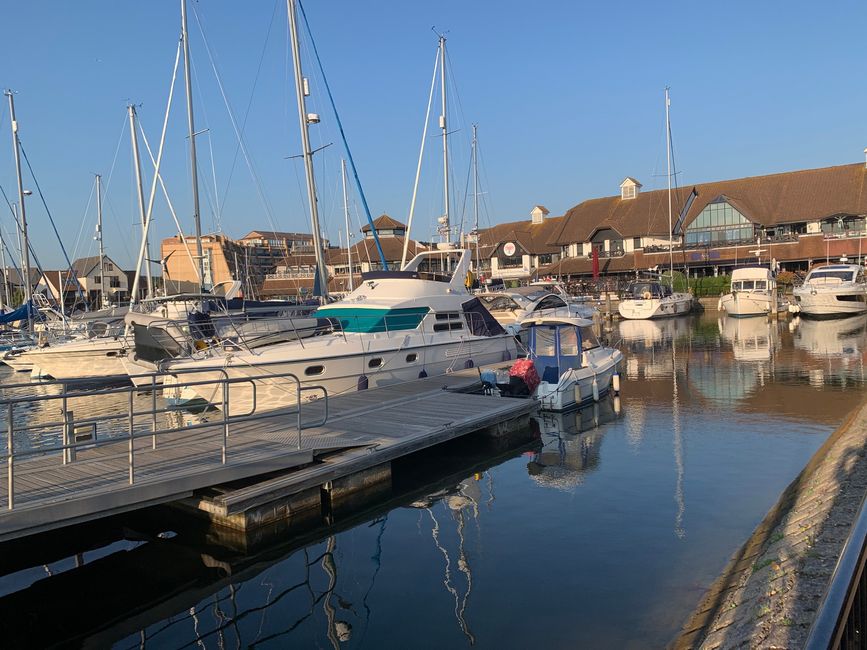
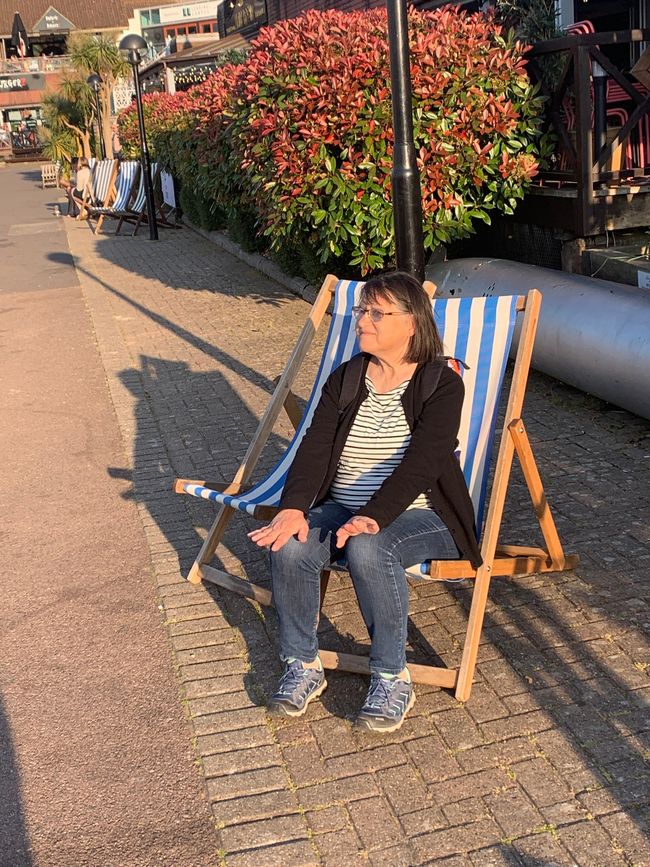
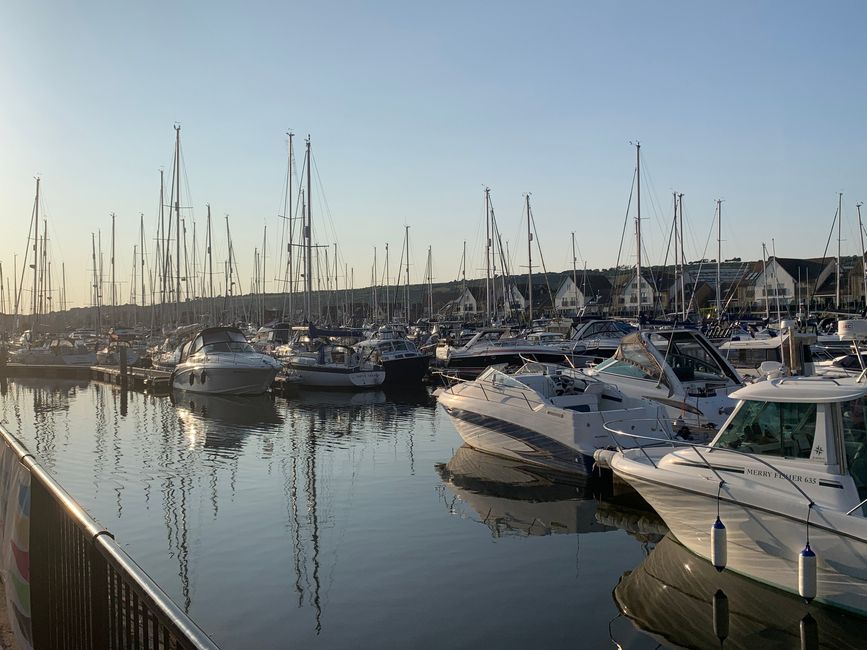
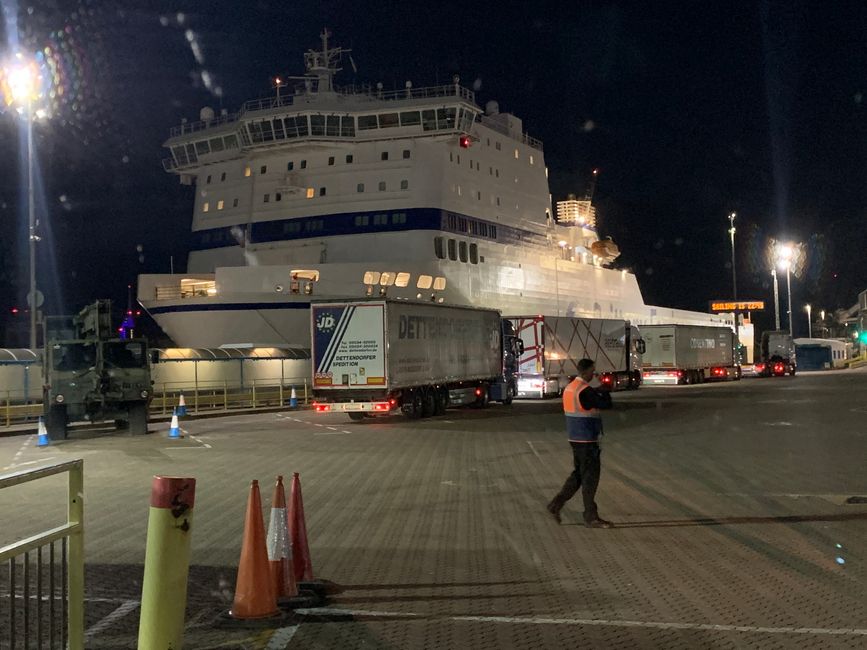
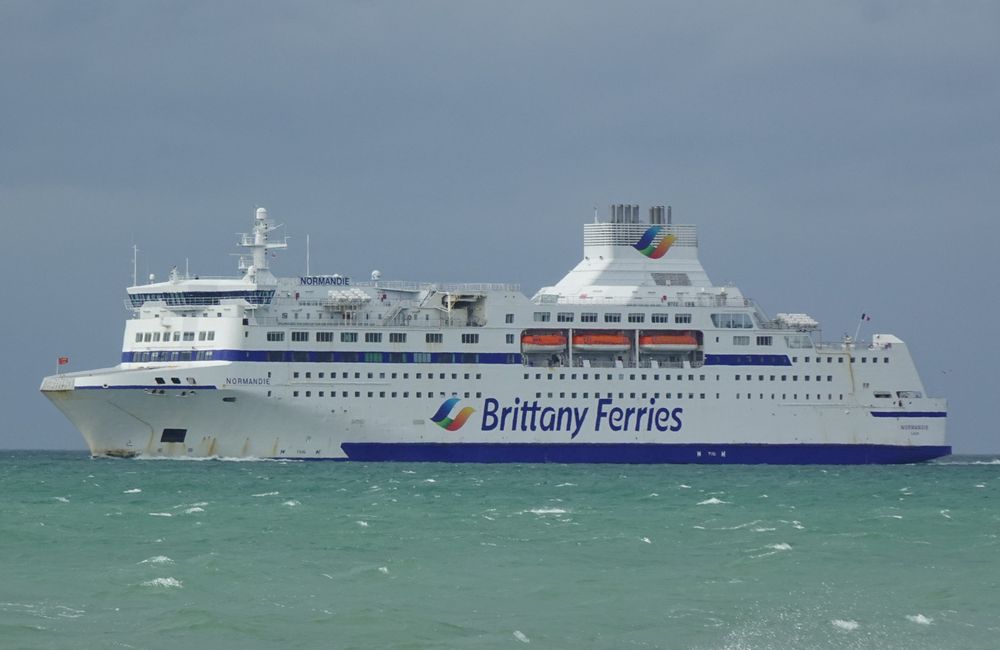
Newsletter abonnieren
Die letzte Nacht in Schottland auf dieser Reise verbringen wir an den Ufern des Loch Lomond. Am Abend und auch am Morgen zeigt sich nur ein wolkenverhangener Himmel.
Heute heißt es Kilometer bzw. Meilen „fressen“, wir wollen bis Mittelengland in die Gegend zwischen Stoke-on-Trent und Birmingham kommen – so knapp 500 km haben wir uns vorgenommen. Ein Großteil ist zwar Autobahn, aber rund um Manchester müssen wir uns durch einige Staus kämpfen.
Für die Übernachtung greifen wir auf den „Brit Stop“ Führer zurück. Er zeigt kostenlose Übernachtungsplätze bei Bauernhöfen, in UK jedoch meist bei Pubs an, wo man mit einem selbstständigen Wohnmobil eine Nacht kostenlos parken kann. Wir fahren bei Stafford zum „Chetwynd Arms“ – einem netten Pub, wo wir gut parken und auch zu Abend essen können.
Für den heutigen Tag sind „nur“ die etwa 250 km bis zum gebuchten Campingplatz etwa 25 km südlich von Bath eingeplant – ein näherer war nicht verfügbar – alle ausgebucht!
So können wir in der Nähe von Wolverhampton die „Moseley Old Hall“ besuchen. Dieses Herrenhaus ist durch seinen „Knotengarten“ – eine Art Labyrinth bekannt, für Engländer aber voll allem als Zufluchtsort von König Charles dem II. nach der verlorenen Schlacht von Worcester am 3. September 1651. In dieser Schlacht wurde der König mit seinen etwa 16.000 Mann starken königstreuen Heer vom mit 28.000 Mann stark überlegenen „parlamentarischen“ Heer unter Oliver Cromwell vernichtend geschlagen. Der König war einer der wenigen, dem die Flucht gelang….
Die Zufahrt zur „Old Hall“ war wieder einmal eine Challenge, die beschilderte Route führte (ohne Vorwarnung) zu einer nur 2,50 m hohen Bahnunterführung und die Alternativstrecke war einspurig (ohne Ausweichen) und kaum breiter wie unser Wohnmobil – Zum Glück ist uns in den kritischen Passagen niemand entgegengekommen. Fast wie in Schottland!
Wieder geht’s durch einige Staus auf den Autobahnen M6 und M5 weiter nach Süden, bis wir unseren heutigen Campingplatz am Land neben einem Bauernhof erreichen.
Am nächsten Morgen fahren wir mit einem Taxi nach Bath – die Stadt ist jedenfalls nicht Wohnmobil tauglich aber sehr besuchenswert.
Wir starten bei der Bath Abbey. Die Abteikirche wurde Mitte des 12. Jahrhunderts im anglo-normannischen Stil erbaut. Im 13. Jahrhundert stark beschädigt, wurde sie im 15. und 16. Jahrhundert im spätgotischen Stil wiederaufgebaut und erweitert. Die Kirche ist dreischiffig und knapp 70m lang und fasst etwa 1200 Personen. Der Turm ist fast 50 m hoch und in ihm hängen zehn Glocken – wir können zwar dem intensiven Glockenspiel lauschen, eine Besichtigung des inneren ist heute wegen eines „Service“ nicht möglich.
Gleich nebenan befindet das großartige „Römische Bad“. Zum Glück haben wir Onlinetickets für den passenden Zeit Slot schon am Vortag im Internet geordert, so bleibt uns die lange Warteschlange erspart. Die heißen Quellen im in „Aquae Sulis“ so der römische Name, wurden wohl schon in vorrömischer Zeit genutzt. Das Gebiet wurde 44 bis 45. n.Chr. von den Römern eingenommen und die erste Stadt errichtet. Im zweiten und dritten Jahrhundert hatte der Ort unter den flavischen Kaisern seine Blütezeit. Im 4. Jahrhundert wurde die Stadt mehrfach vom Fluss Avon überschwemmt und vor allem der Badekomplex stark beschädigt. Erst 577 wird die Eroberung der Stadt durch die Angelsachsen berichtet. Trotz der vielen Besucher – auch die Selfie & Instagramm-Chinesen sind zurück – ist die Anlage und das Museum absolut besuchenswert. Die Exponate werden immer wieder durch Lichtanimationen und eingespielte Filmsequenzen, die das Leben zur damaligen Zeit zeigen hervorgehoben.
Nach einem kurzen Besuch am Avon mit der Pulteney Brücke, auf der sich auf beiden Seiten der Strasse Geschäft befinden, benötigen wir dringend eine Stärkung – das Lokal „The Scallops Shell“ kommt uns da gerade recht. Trotz der „Warnung“ am Eingang „Beautifully British“ ist unser Essen ausgezeichnet.
So gestärkt machen wir uns zum Aufstieg zum „Royal Crescent“ – ein gigantischer „Halbmond“ aus 30 zusammengebauten Häusern, alle vom Architekten John Wood, the Younger entworfen und zwischen 1767 und 1774 errichtet. Dieses Bauwerk gilt als eines der führenden Beispiele für die englische Georgianische Architektur dieser Epoche. Die große Parkanlage und vor allem die Wiese davor wird bei diesem wunderschönen Wetter intensiv von der Bevölkerung besucht.
Jetzt geht’s mit einem Uber-Taxi noch hinüber zum „Prior Park Landscape Garten“. Wir schaffen es gerade noch 10 Minuten vor Torschluss um 17.00 Uhr (!) hineinzukommen. Zum Glück gibt uns der Park Officer noch den Hinweis, dass dieser Eingang dann geschlossen ist, aber unten im Tal ein Ausgang vorhanden ist – und es geht steil hinunter zum Teich mit der berühmten Palladian Bridge.
Ab dem 12. Jahrhundert war die Gegend für Jahrhunderte ein Wildpark des Bischofs von Bath und Wells. 1720 wurde das Gelände von Ralph Allen gekauft – um seinem Haus oben am Hügel ein entsprechendes Ambiente zu sichern. Die Gestaltung erfolget durch den Dichter Alexander Pope und den Landschaftsgärtner Capability Brown. Der Garten hatte großen Einfluss auf den dann in Europa so genannten „Englischen Landschaftsgarten“. Besonders auffallend ist die Palladian Bridge – im italienischen Renaissance Stil des Andrea Palladio (1508 – 1580) gehalten.
Nach diesem „Langen Marsch“ sind wir froh, dass uns ein Uber-Taxi zurück zu unserem Wohnmobil am Land bringt – übrigens zum halben Preis des lokalen Taxis am Morgen….
Heute ist der letzte Tag auf der Insel – es warten nur mehr die 135 km zum Fährhafen in Portsmouth, unsere Fähre startet erst um 22.45. So folgen wir dem Vorschlag der sehr kommunikativen Bäuerin, die den Campingplatz betreibt, und machen noch einen Abstecher nach Wells in Somerset. Wir bereuen es nicht.
Wells ist ein kleines Städtchen mit etwa 10.000 Einwohnern, aber einer prachtvollen Kathedrale und weist im Zentrum ein mittelalterliches Stadtbild mit vielen Häusern aus dem 14. bis 16. Jahrhundert. Die St. Andrew’s Cathedral wurde in den Jahren 1182 – 1260 erbaut und besonders beachtenswert sind die über 300 Statuen, die die Westseite schmücken. Neben der Kathedrale steht der ab 1210 erbaute Bishop’s Palace, der allerdings zum Teil nur mehr als Ruine vorhanden ist.
Da wir noch gut Zeit haben, steuern wir in Portsmouth an der Südküste den „Solent Port“ an, ein Jachthafen mit Einkaufszentrum und vielen Restaurants. Das Wetter ist, wie eigentlich die meiste Zeit in den letzten Wochen, wunderbar, so können wir noch einmal britische Sonne genießen.
Die Einschiffung auf den MV Normandie nach Caen in Frankreich geht leider nicht so flott wie die in Amsterdam vonstatten – wir müssen fast 3 Stunden vor dem Schiff warten, das aus nicht nachvollziehbaren Gründen auch noch eine halbe Stunde verspätet ablegt. Um Mitternacht sind wir dann in unserer Kabine, werden allerding schon um ½ 5 mit dem Frühstück geweckt – eine sehr kurze Nacht…
Am Morgen kommen wir doch fast pünktlich um 06.45 Uhr in Ouistreham , dem Fährhafen von Caen in der Normandie an.
********************************************************************
We spend the last night in Scotland on this voyage on the shores of Loch Lomond. In the evening and in the morning there is only a cloudy sky.
Today we must "eat up" kilometers or miles, we want to get to central England in the area between Stoke-on-Trent and Birmingham - we have planned to cover almost 500 km. A large part is motorway, but we have to fight our way through some traffic jams around Manchester.
For overnight stays we use the "Brit Stop" guide. It shows free accommodation at farms, but mostly at pubs in the UK, where you can park a self-contained motorhome for one night free of charge. We drive to the "Chetwynd Arms" near Stafford - a nice pub where we can easily park and also have dinner.
For today "only" the 250 km to the booked campsite about 25 km south of Bath are planned - a closer one was not available - all fully booked!
So we can visit the "Moseley Old Hall" near Wolverhampton. This manor house is known for its "knot garden" - a kind of labyrinth, but for the English it is full of everything as a place of refuge for King Charles II after the lost Battle of Worcester on September 3, 1651. In this battle the king with his approximately 16,000 men strong army loyal to the king were defeated by the 28,000-strong "parliamentary" army under Oliver Cromwell. The king was one of the few who managed to escape...
The access to the "Old Hall" was once again a challenge, the signposted route led (without warning) to a railway underpass only 2.50 m high and the alternative route was single-lane (without passing places) and hardly wider than our mobile home - luckily we are in the critical passages no one met. Almost like in Scotland!
Again we continue south through some congestions on the M6 and M5 motorways until we reach today's country campsite next to a working farm.
The next morning we take a taxi to Bath – the city is certainly not suitable for motorhomes, but is well worth a visit.
We start at Bath Abbey. The abbey church was built in Anglo-Norman style in the mid-12th century. Badly damaged in the 13th century, it was rebuilt and extended in the late Gothic style in the 15th and 16th centuries. The church has three naves and is almost 70m long and can accommodate around 1200 people. The tower is almost 50 m high and has ten bells hanging in it - although we can listen to the intense carillon, it is not possible to visit the interior today because of a "service".
Right next door is the great "Roman Bath". Luckily we ordered online tickets for the right time slot the day before on the Internet, so we can bypass the long queue. The hot springs in "Aquae Sulis", as the Roman name goes, were probably already being used in pre-Roman times. The area was 44 to 45 AD. conquered by the Romans and built the first city. In the 2nd and 3rd centuries the town flourished under the Flavian emperors. In the 4th century, the city was repeatedly flooded by the river Avon and the bathing complex in particular was severely damaged. The conquest of the city by the Anglo-Saxons is first reported in 577. Despite the many visitors - even the Selfie & Instagram Chinese are back - the facility and the museum are absolutely worth a visit. The exhibits are repeatedly highlighted by light animations and recorded film sequences that show life at that time.
After a short visit to the Avon with the Pulteney Bridge, which has shops on both sides of the road, we urgently need a refreshment - the restaurant "The Scallops Shell" is just right for us. Despite the 'Warning' on the entrance “Beautifully British”, our food is excellent.
Thus fortified we make our way up to the Royal Crescent - a gigantic 'crescent' of 30 houses assembled together, all designed by architect John Wood, the Younger and built between 1767 and 1774. This structure is considered one of the leading examples of English Georgian architecture of the period. The large park and especially the meadow in front of it is visited intensively by the population in this beautiful weather.
Now we take an Uber taxi over to the "Prior Park Landscape Garden". We just manage to get in 10 minutes before the gate closes at 5 p.m. (!). Luckily the park officer gives us the hint that this entrance is then closed, but there is an exit down in the valley - and it goes steeply down to the pond with the famous Palladian Bridge.
For centuries from the 12th century the area was a deer park for the Bishop of Bath and Wells. In 1720 the site was bought by Ralph Allen to give his home on the hill a suitable ambience.
It was designed by poet Alexander Pope and landscape gardener Capability Brown. The garden had a great influence on what was then known in Europe as the "English landscape garden". The Palladian Bridge is particularly striking - in the Italian Renaissance style of Andrea Palladio (1508 - 1580).
After this “Long March” we are glad that an Uber cab takes us back to our campervan in the country – for half the price of the local morning taxi, by the way….
Today is the last day on the island - only the 135 km to the ferry terminal in Portsmouth are waiting, our ferry does not start until 22.45. So we follow the suggestion of the very communicative farmer lady who runs the campsite and make another detour to Wells in Somerset. We don't regret it.
Wells is a small town with about 10,000 inhabitants, but a magnificent cathedral and has a medieval town center with many houses from the 14th to 16th centuries. St. Andrew's Cathedral was built between 1182-1260 and of particular note are the over 300 statues that adorn the west side. Next to the cathedral is the Bishop's Palace, which was built from 1210 onwards, but some of it only exists as a ruin.
Since we still have plenty of time, we head for the "Solent Port" in Portsmouth on the south coast, a marina with a shopping center and many restaurants. The weather is wonderful, as it has been for most of the past few weeks, so we can once again enjoy the British sun.
Unfortunately, the embarkation on the MV Normandie to Caen in France is not as fast as in Amsterdam - we must wait almost 3 hours in front of the ship, which for incomprehensible reasons also leaves half an hour late. At midnight we are in our cabin, but we are woken up at half past five with breakfast - a very short night...
In the morning we arrive almost punctually at 06.45 in Ouistreham, the ferry port of Caen in NormaNewsletter abonnieren
Antworten
